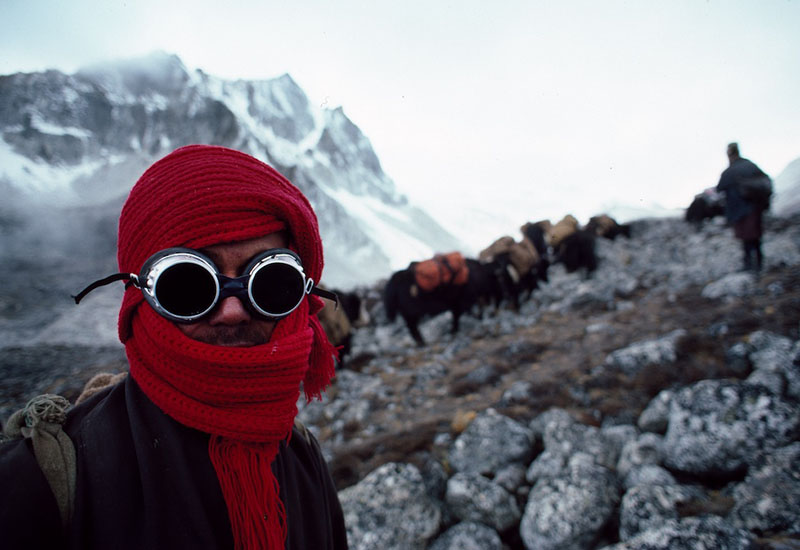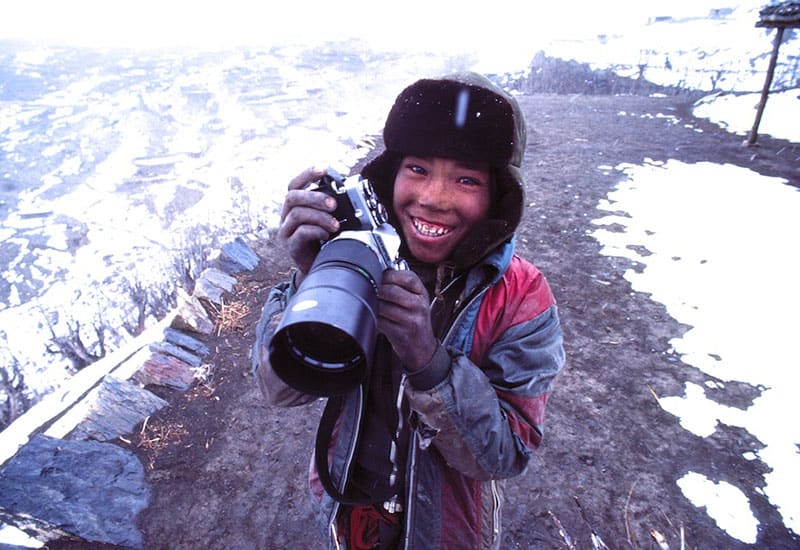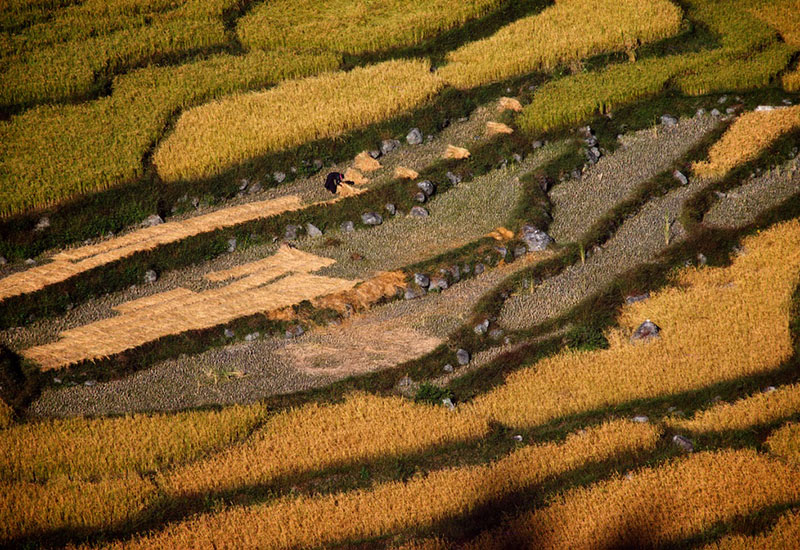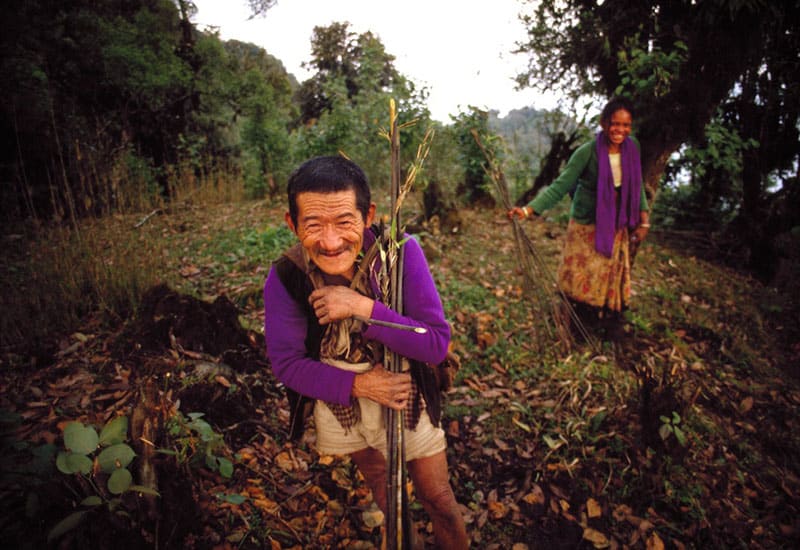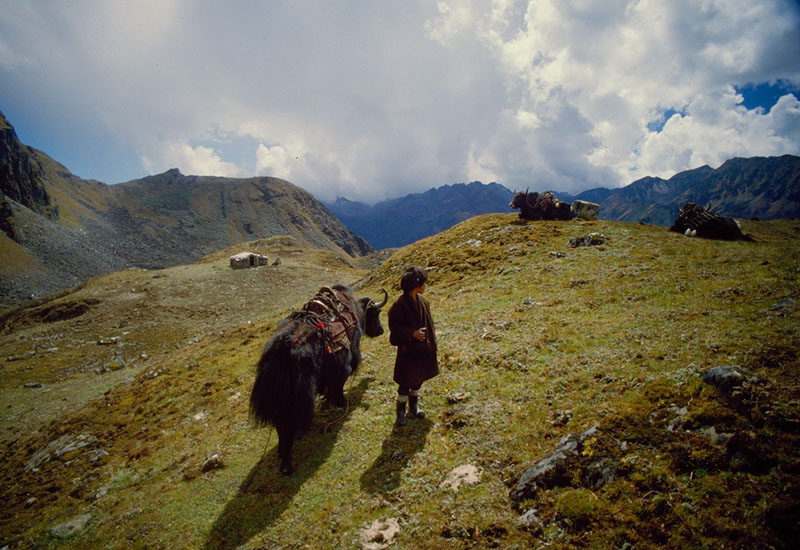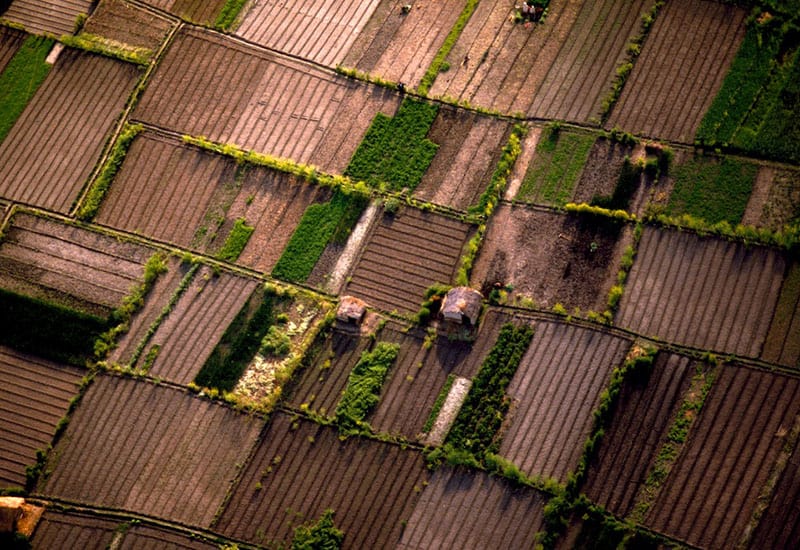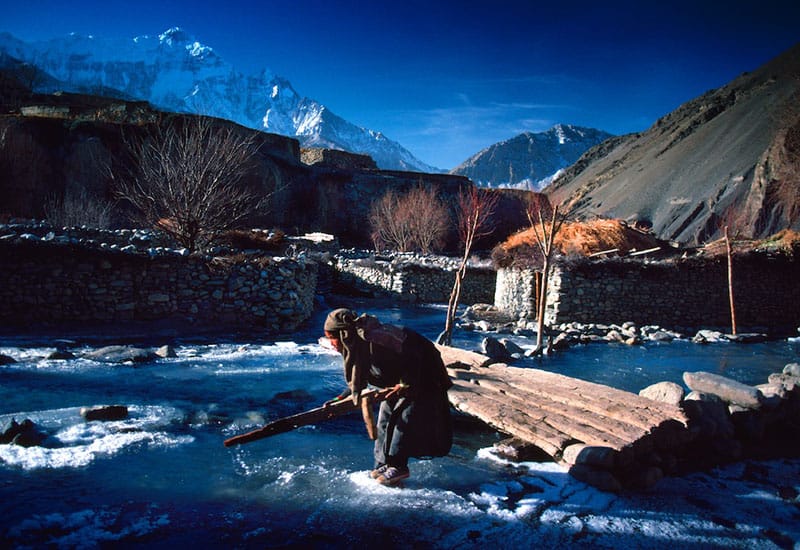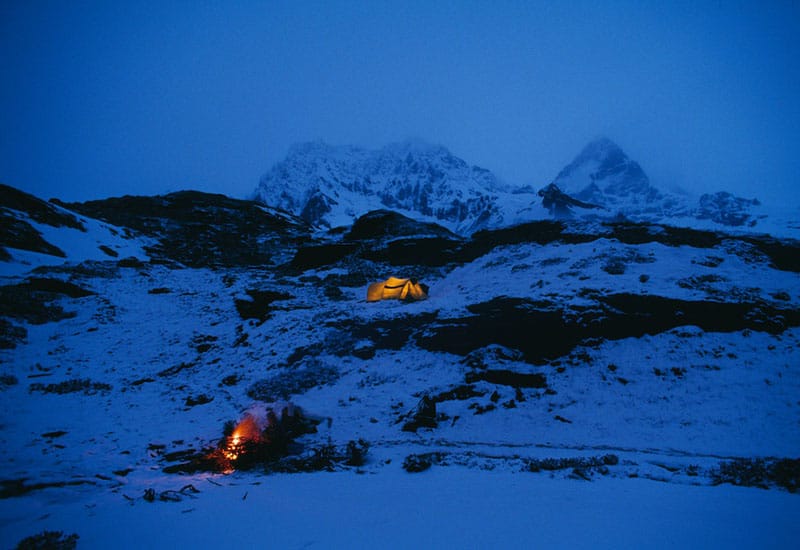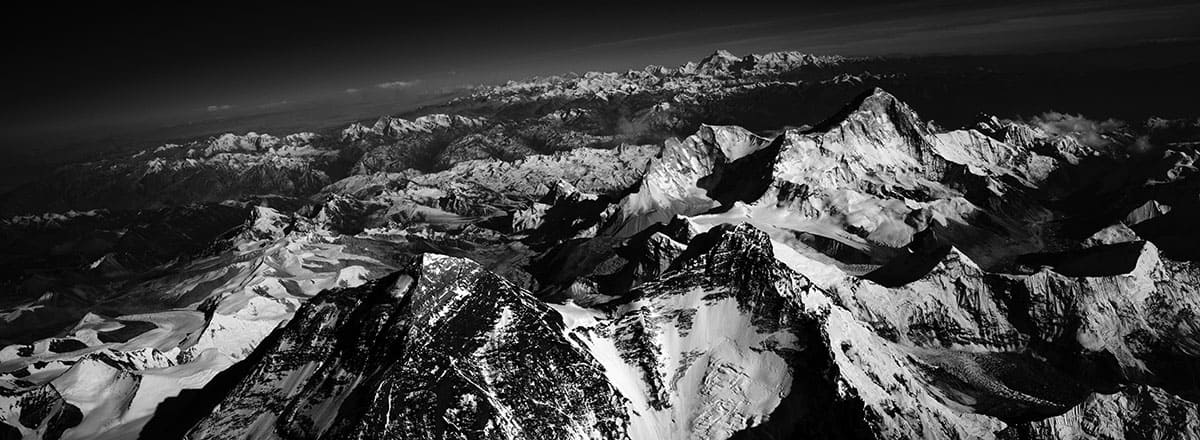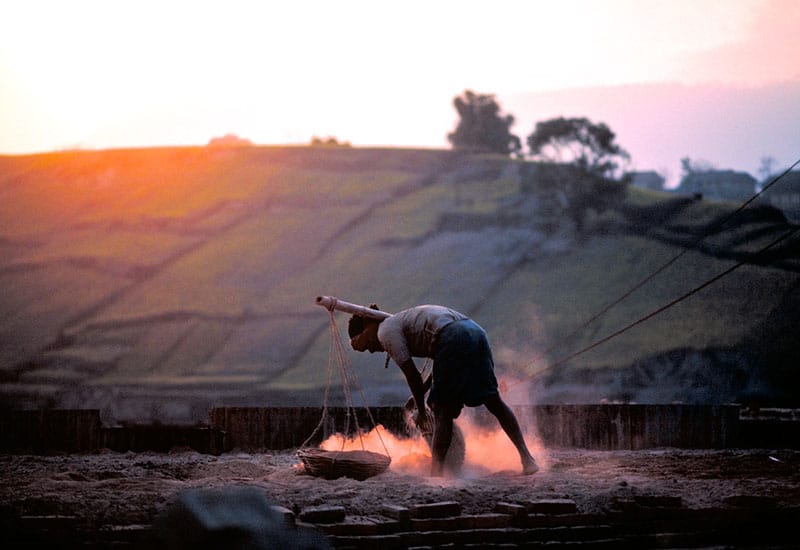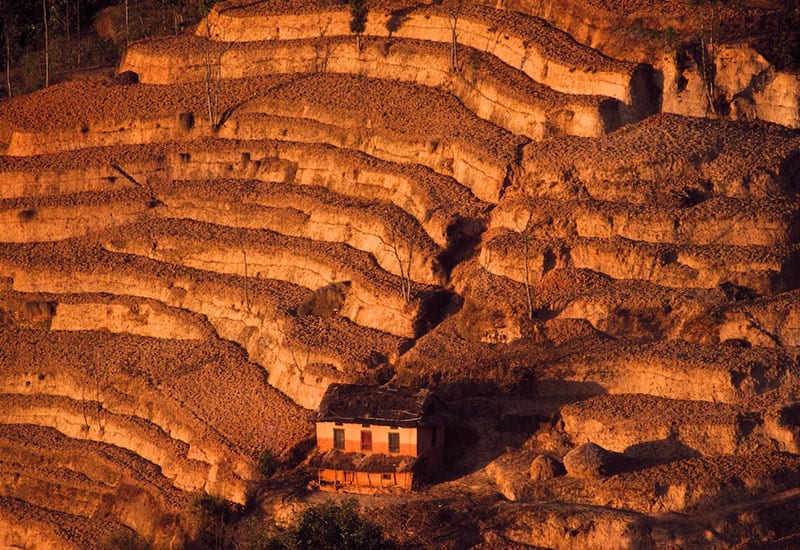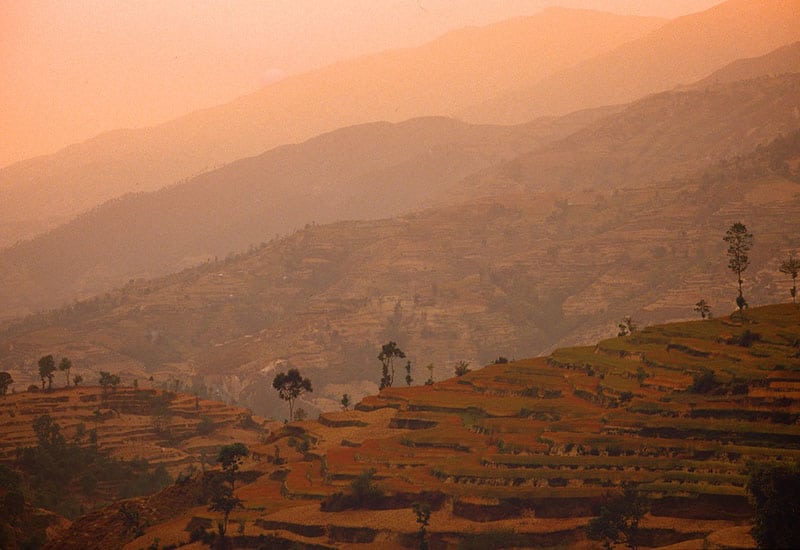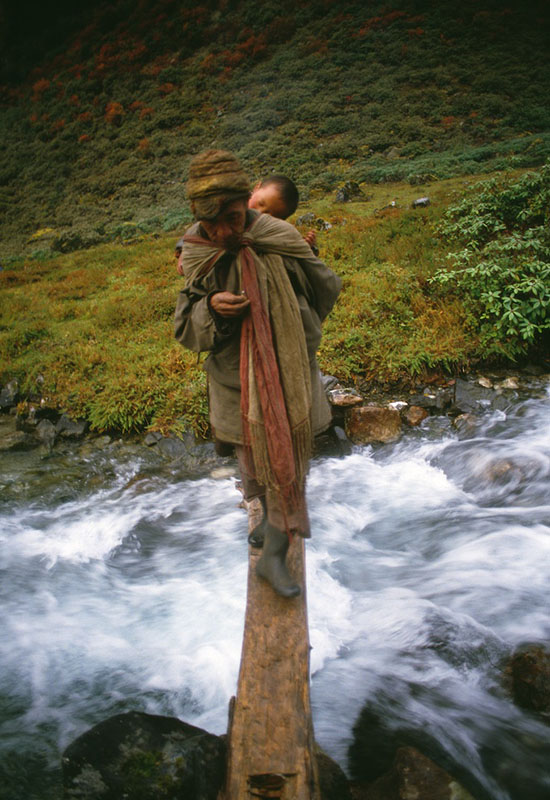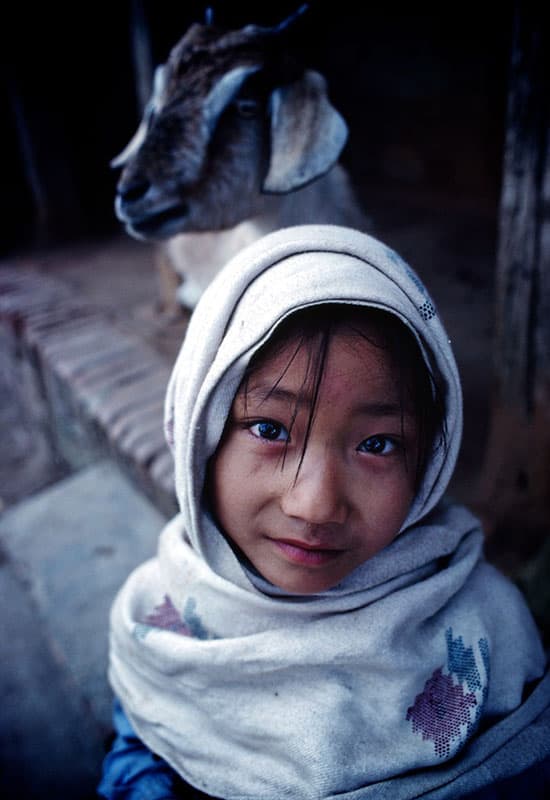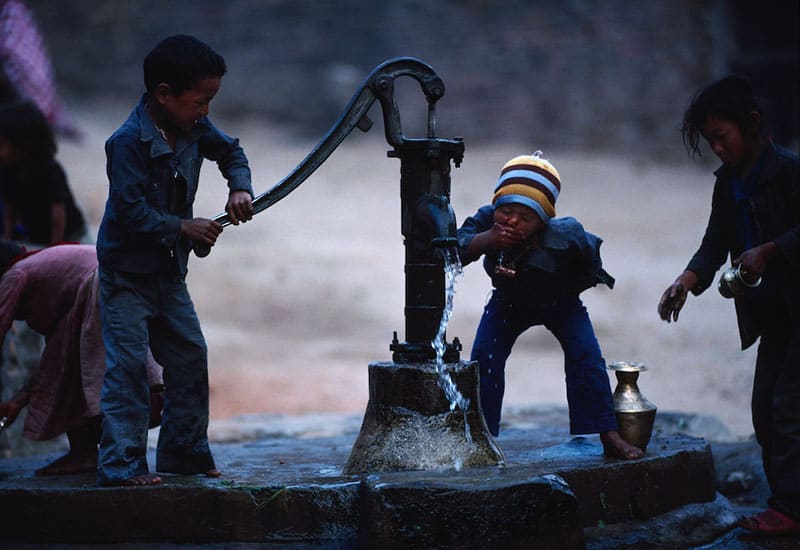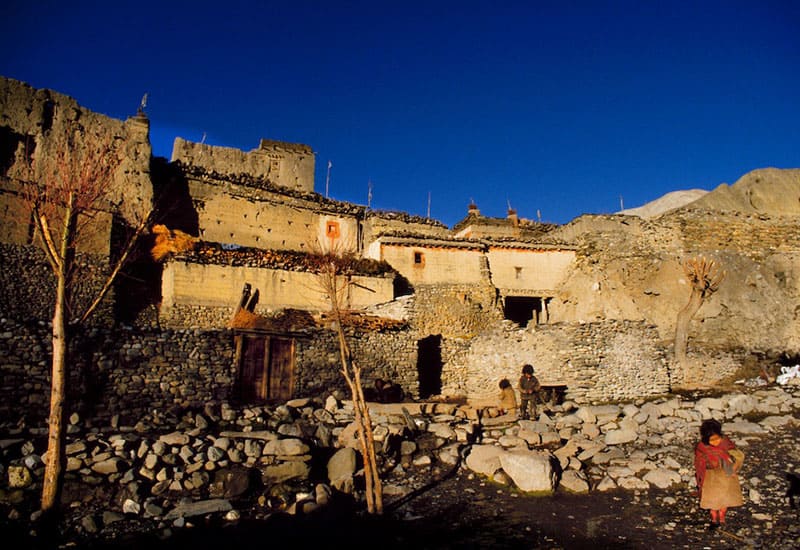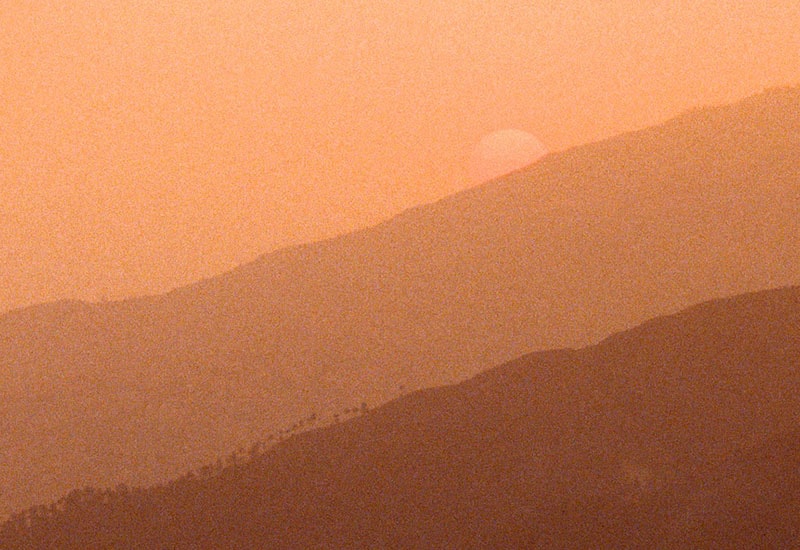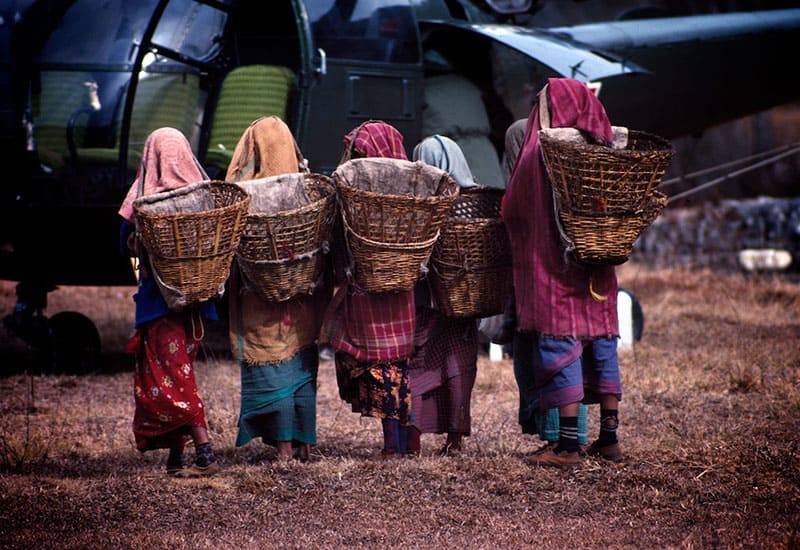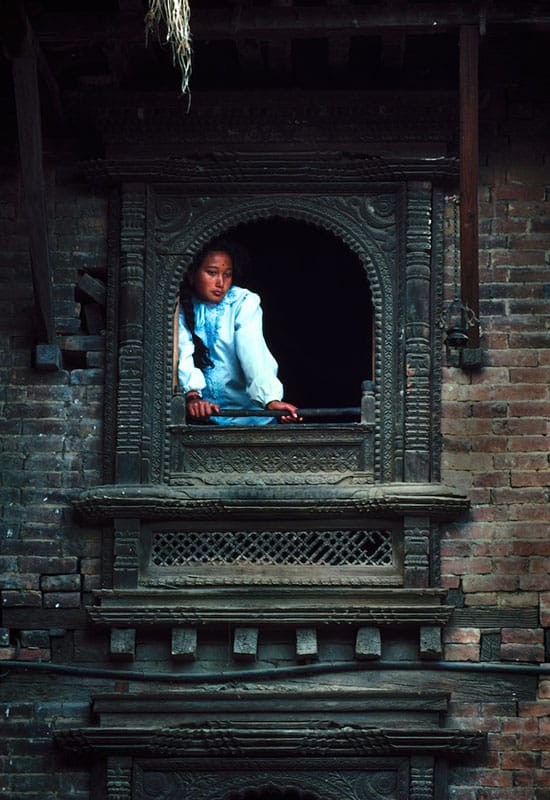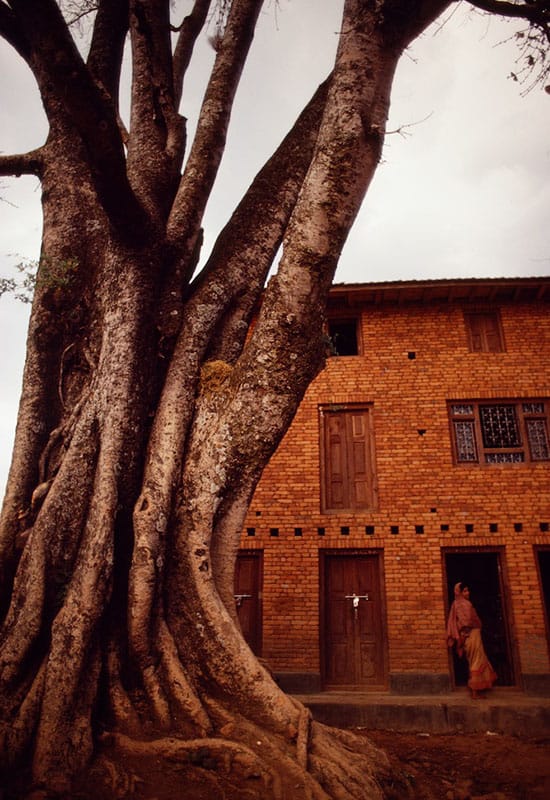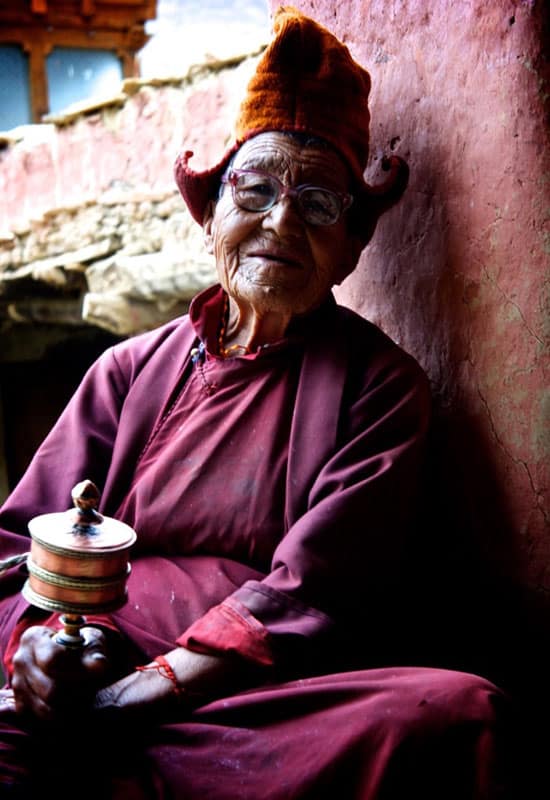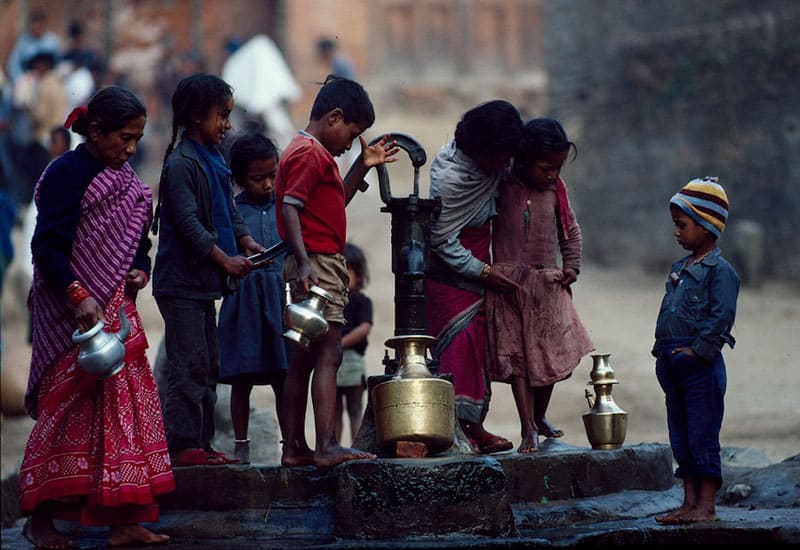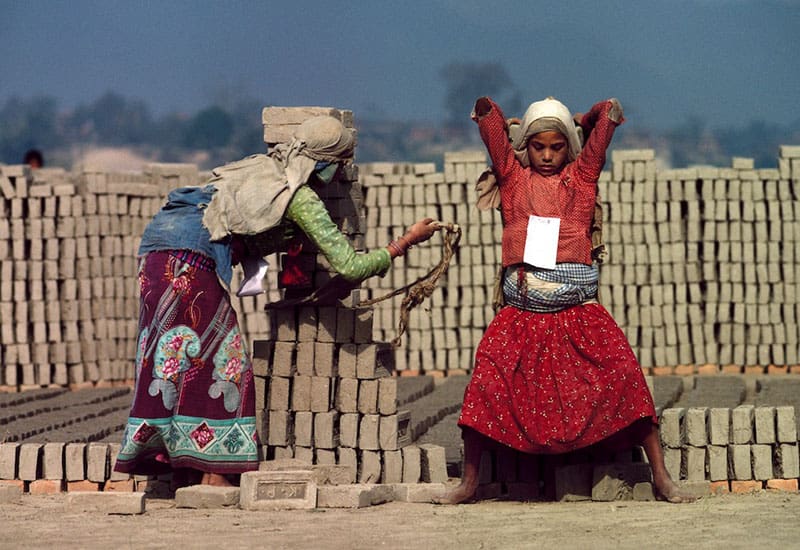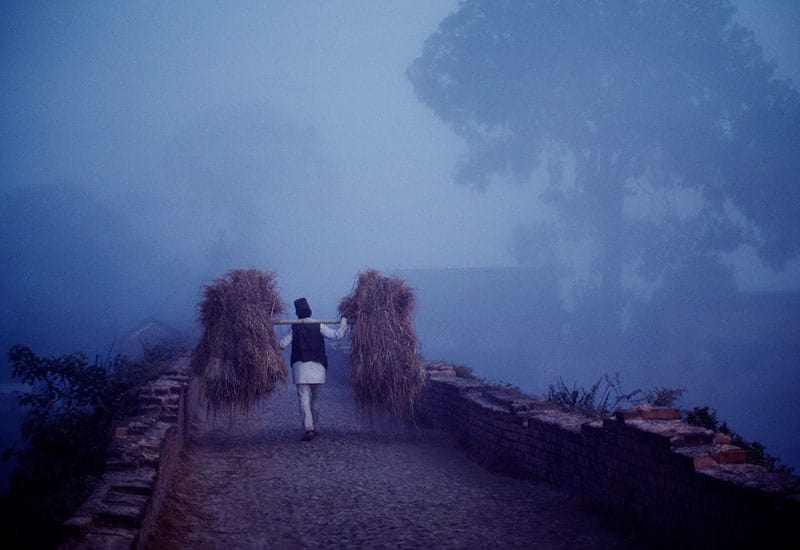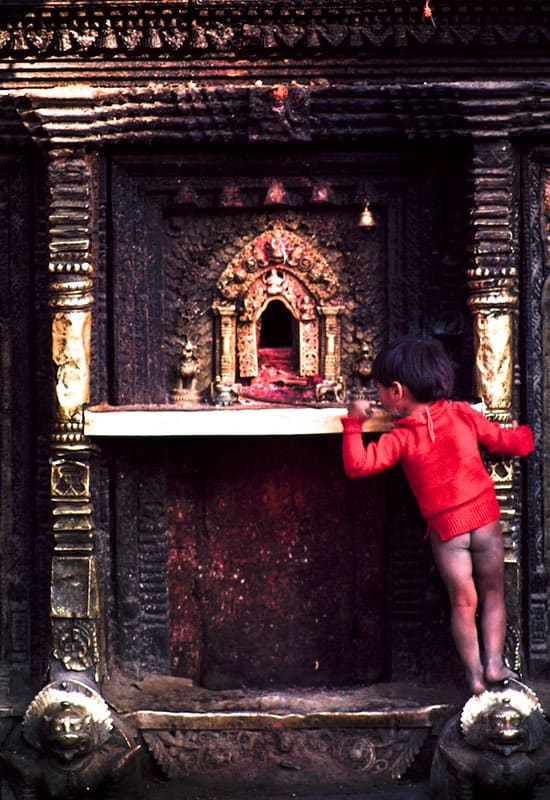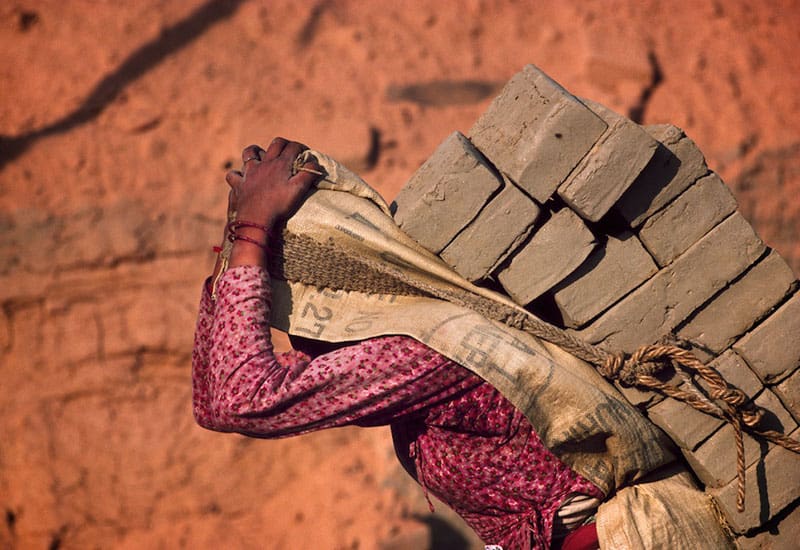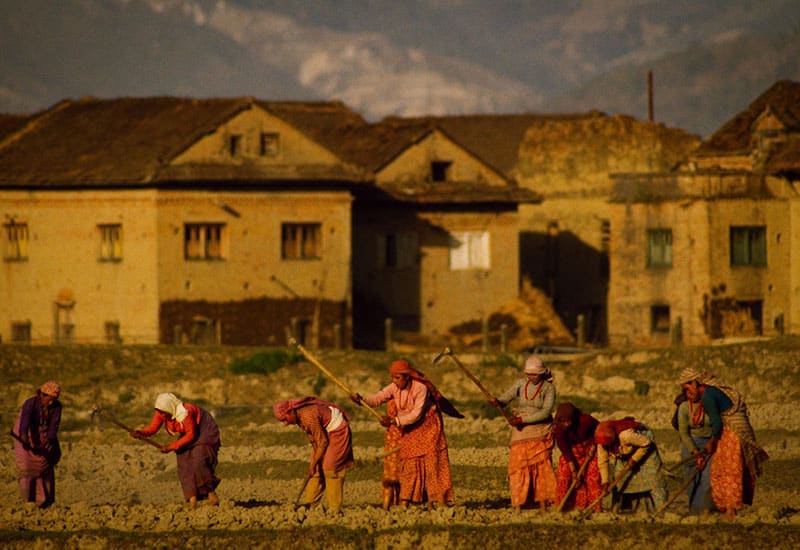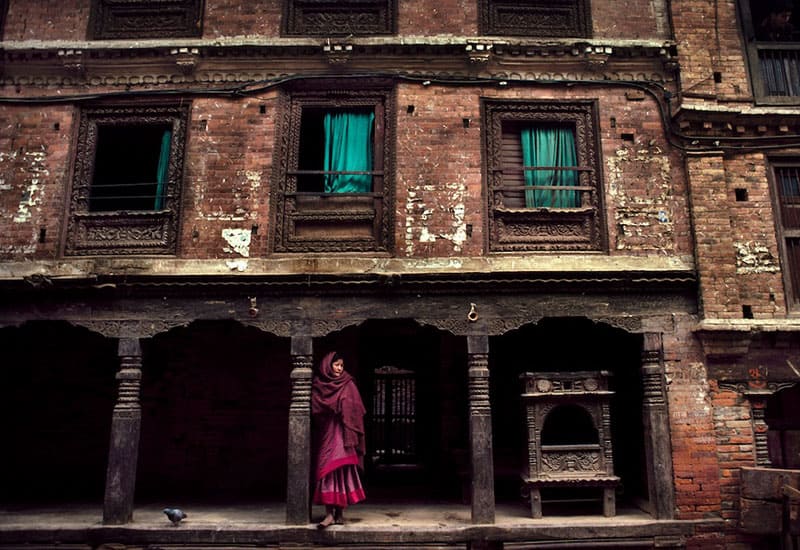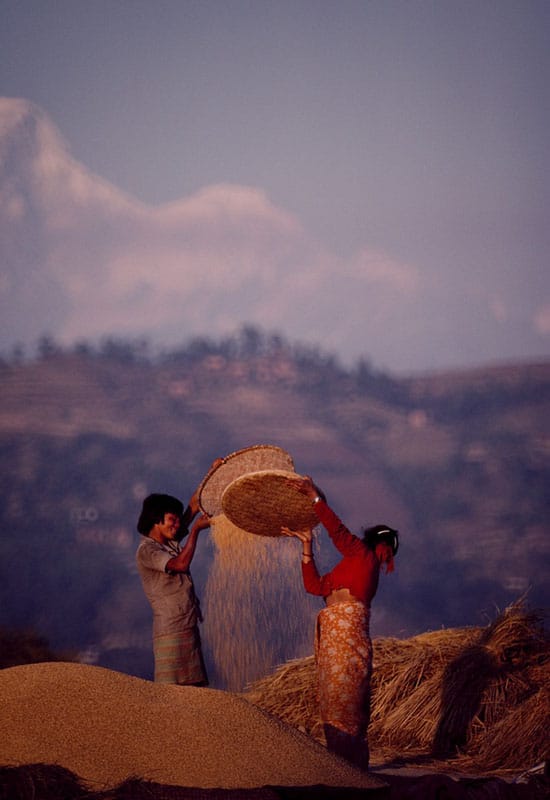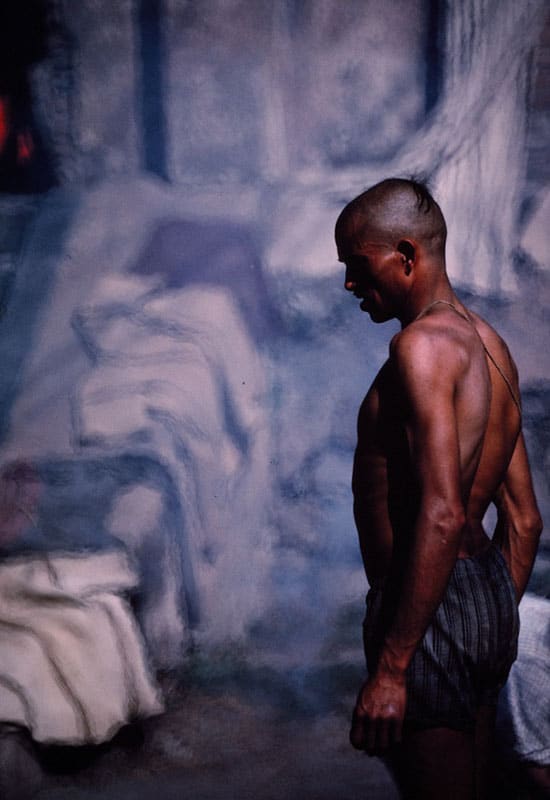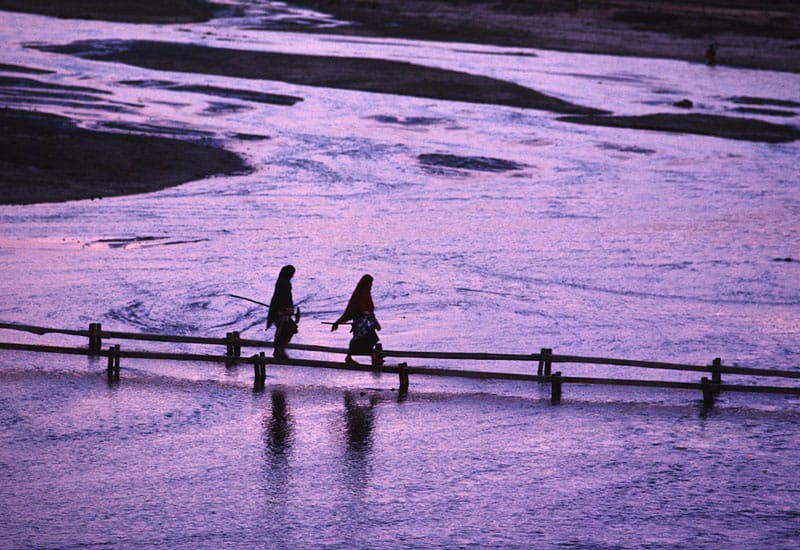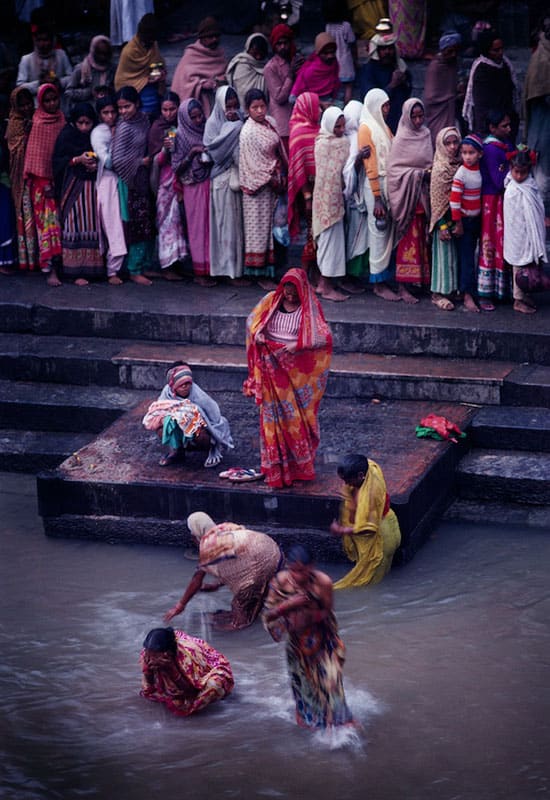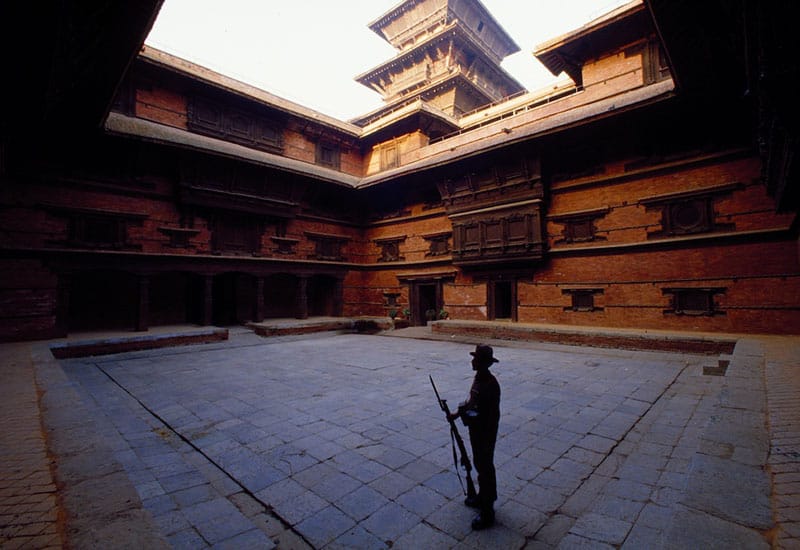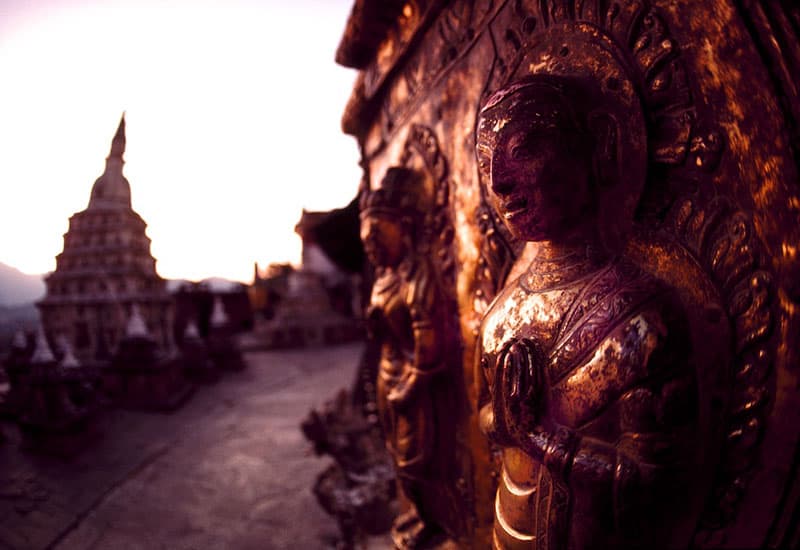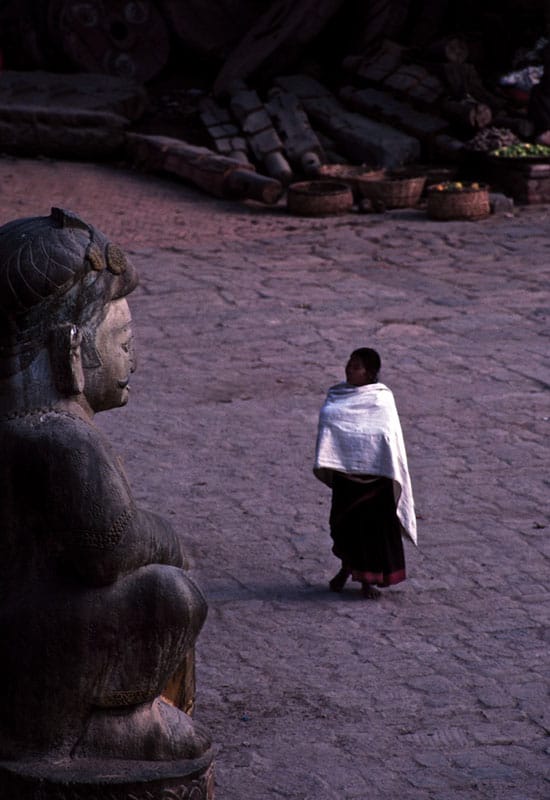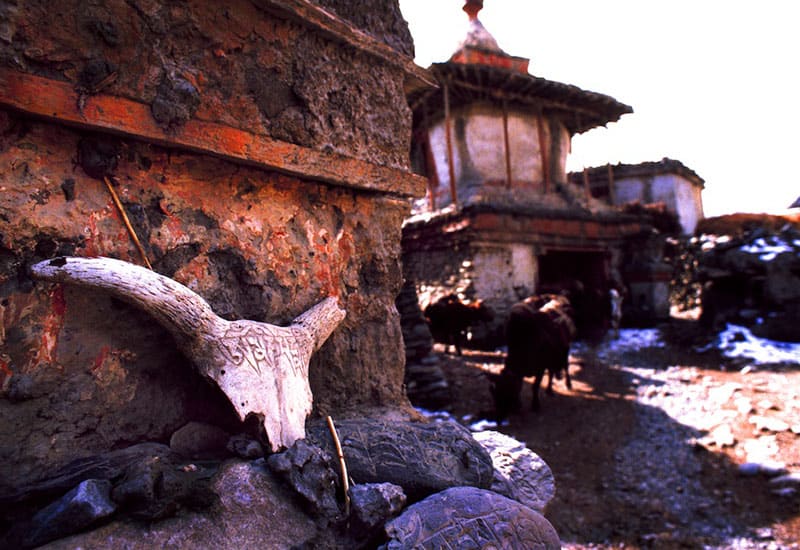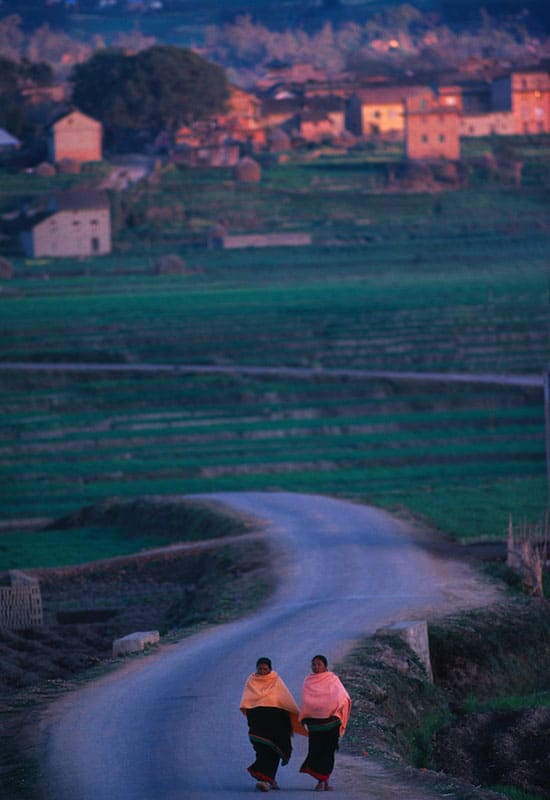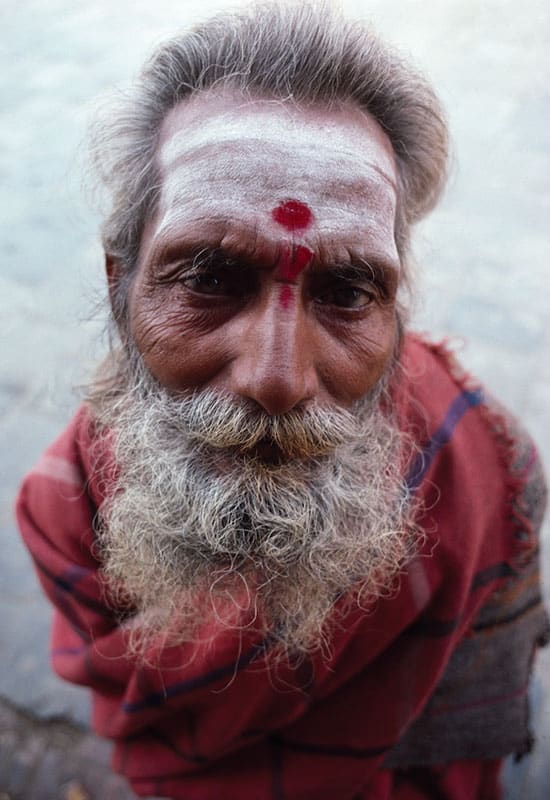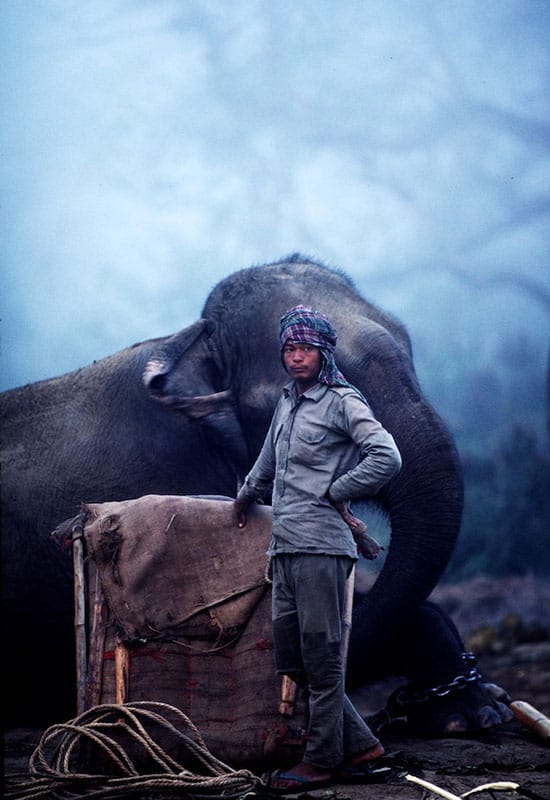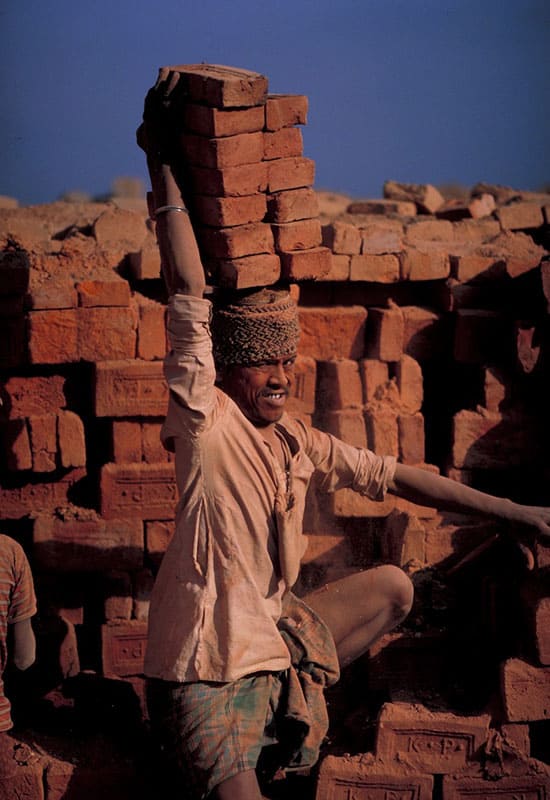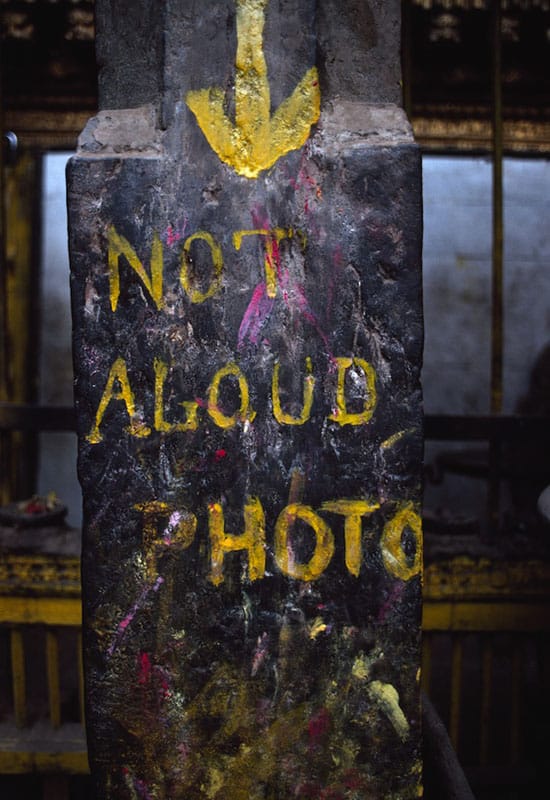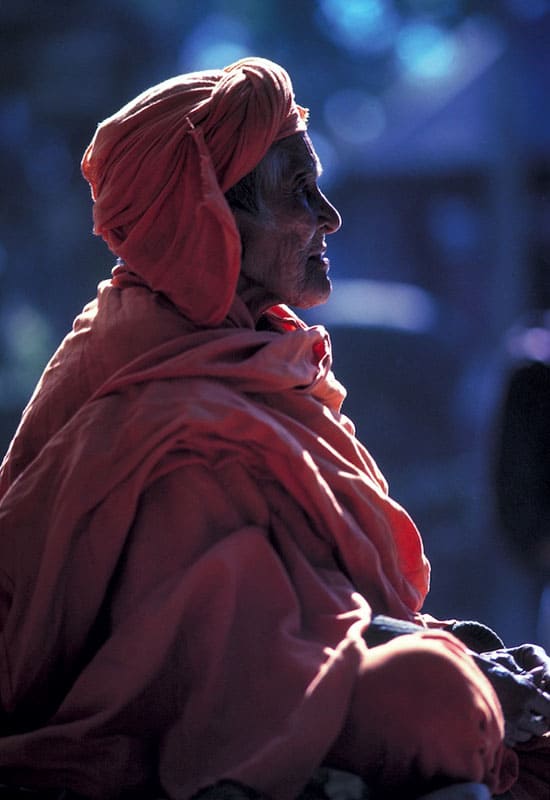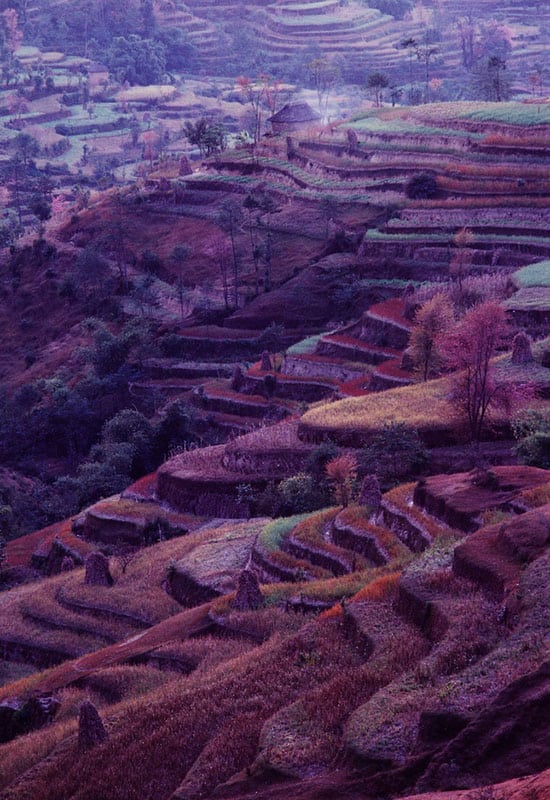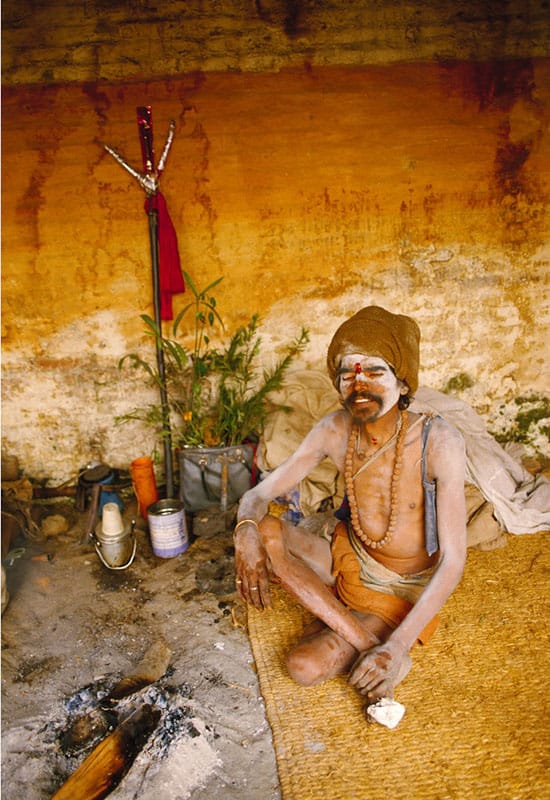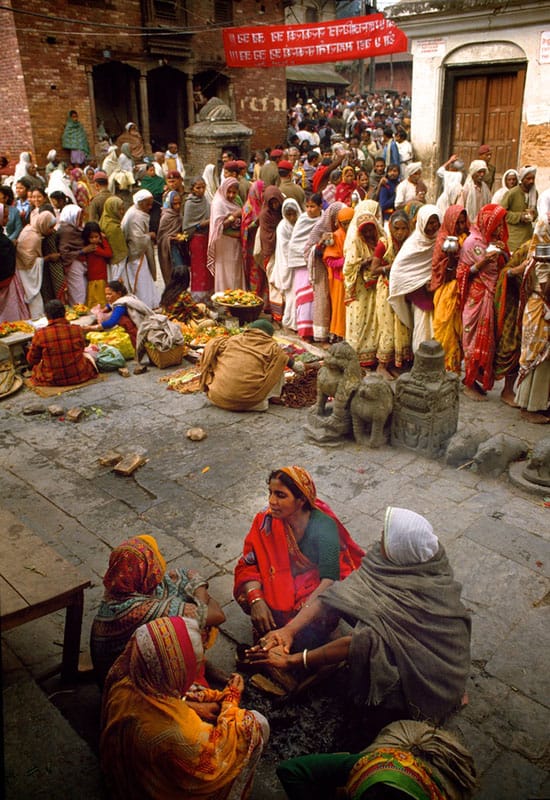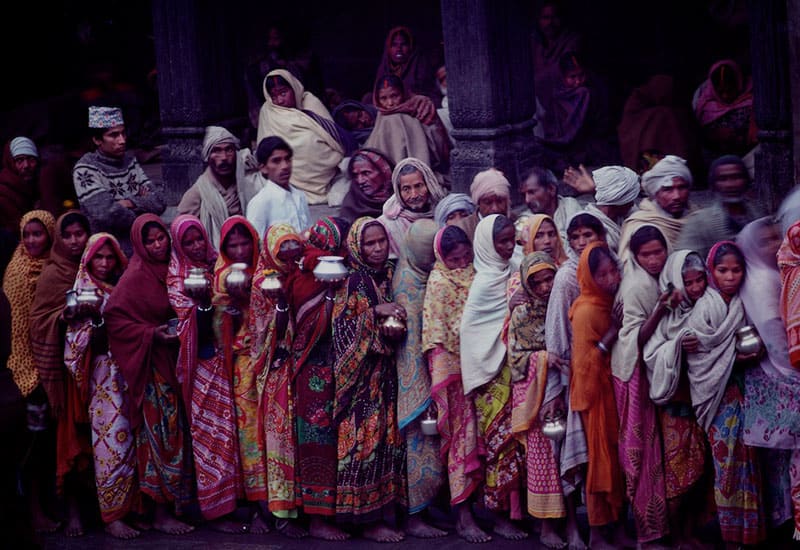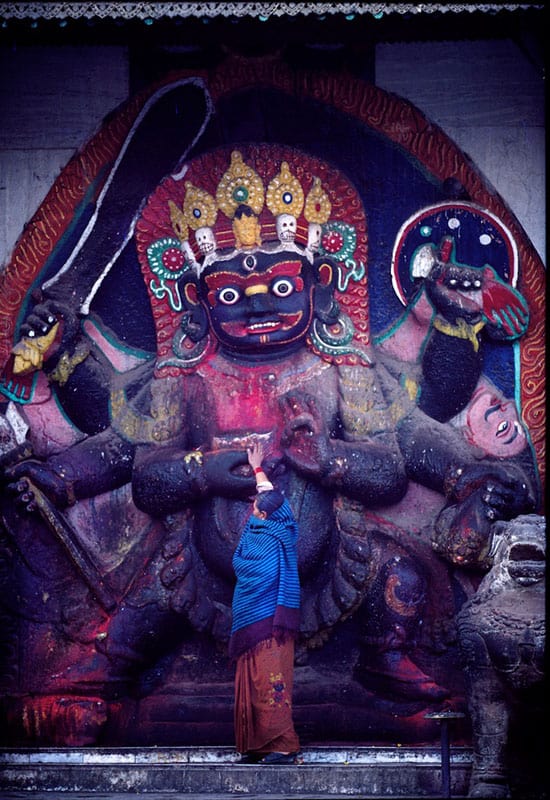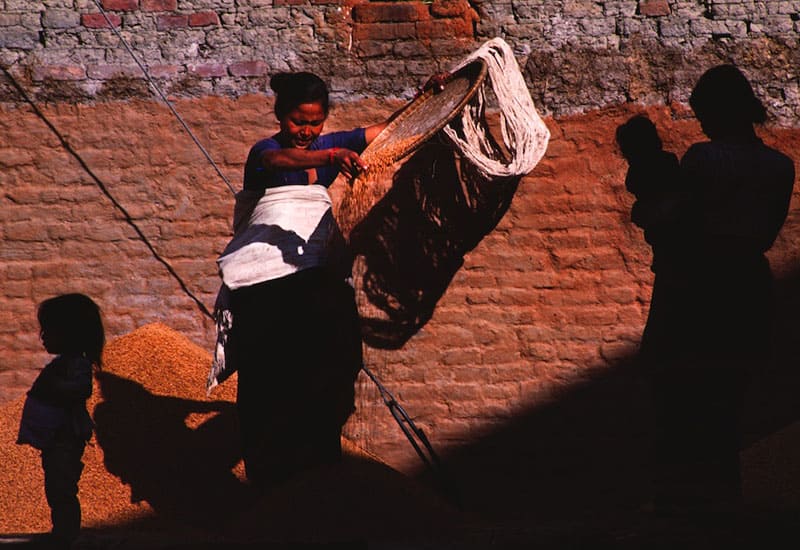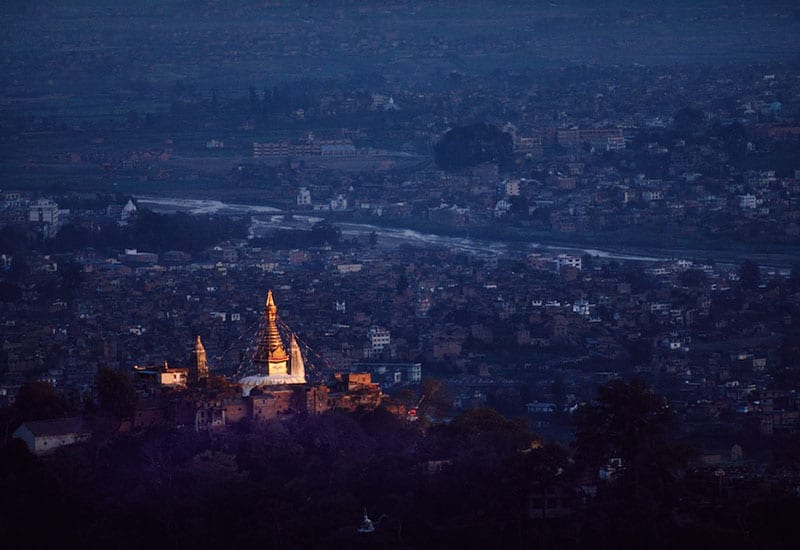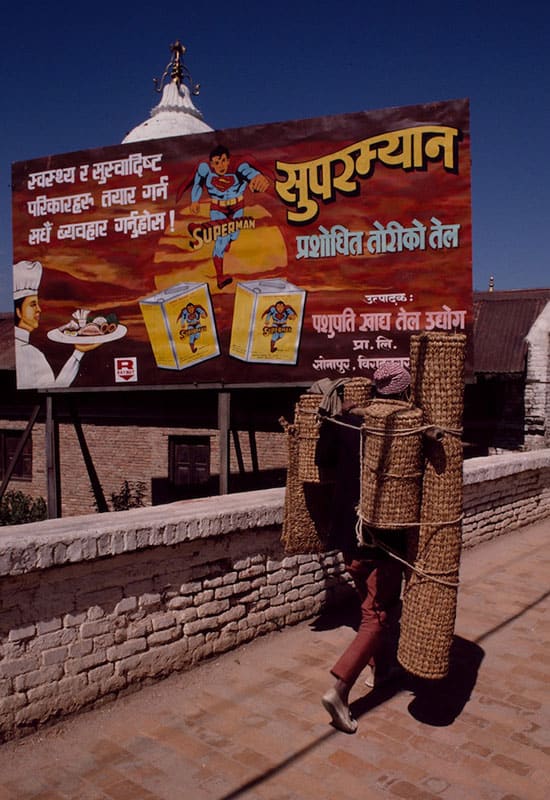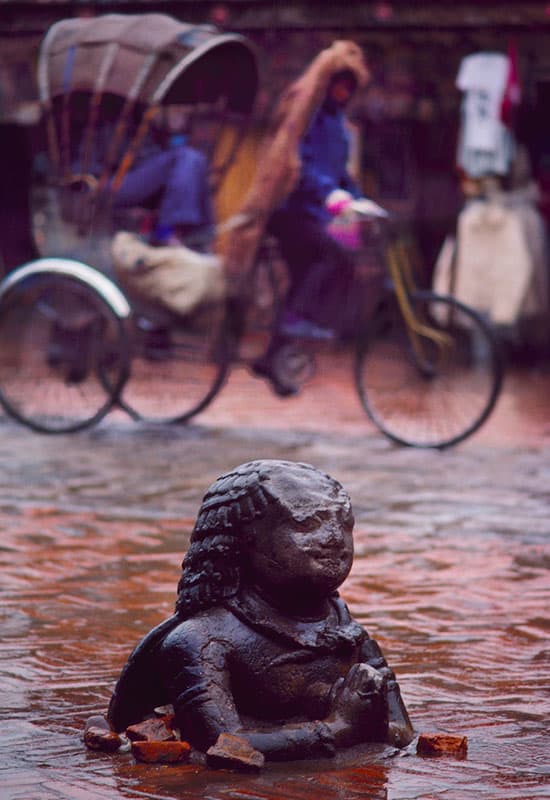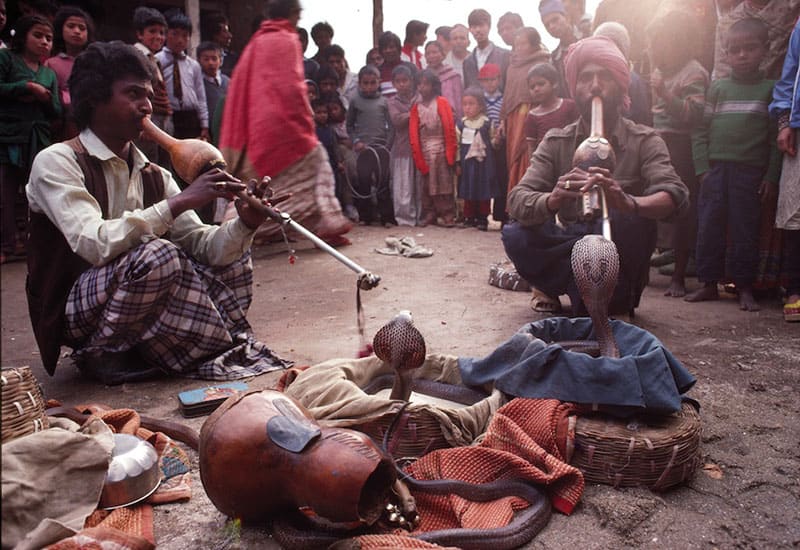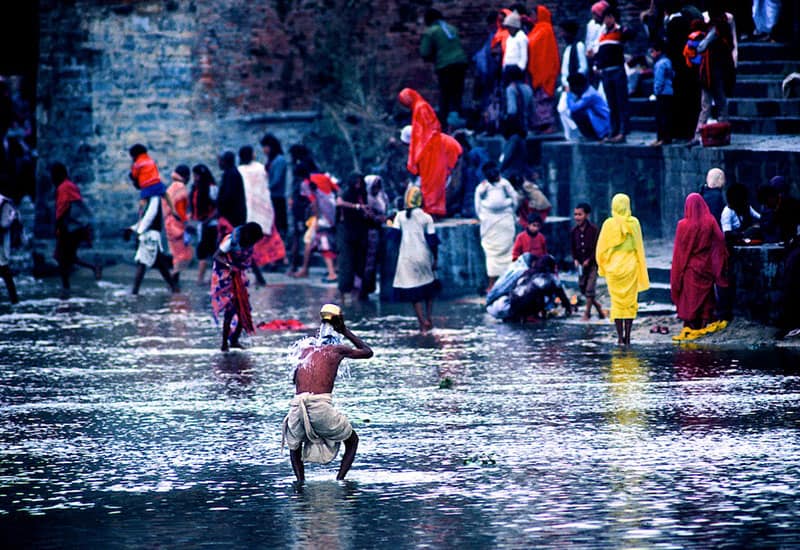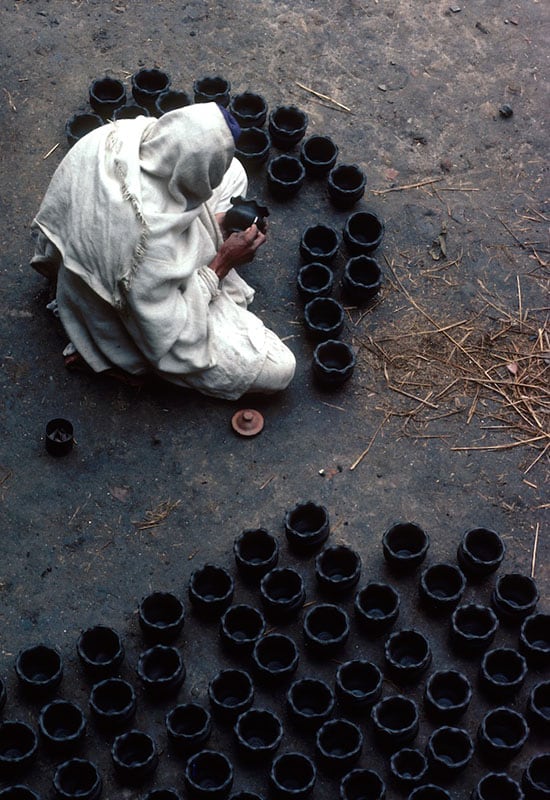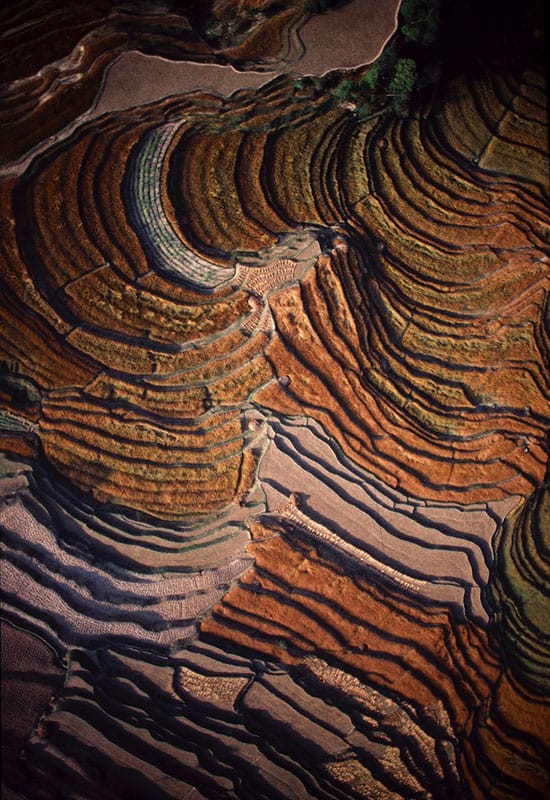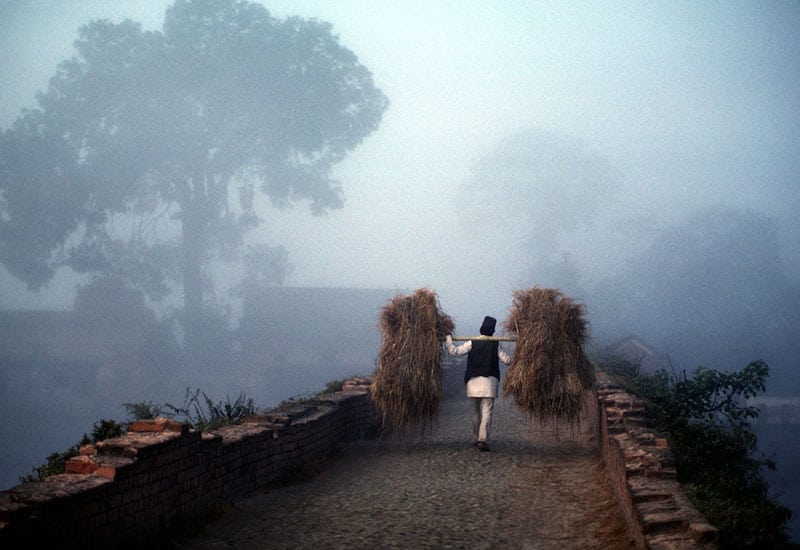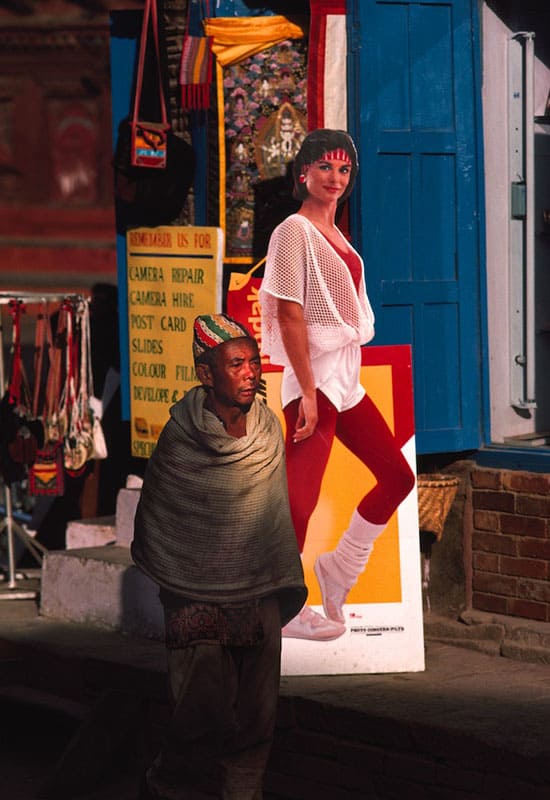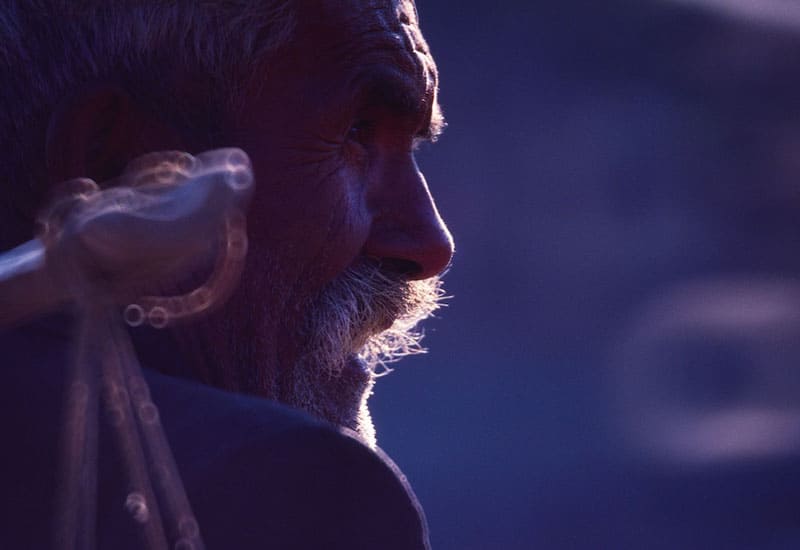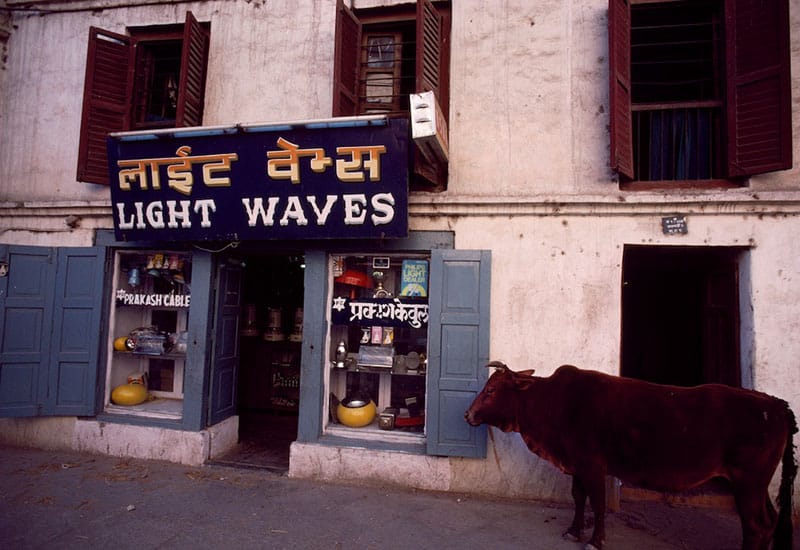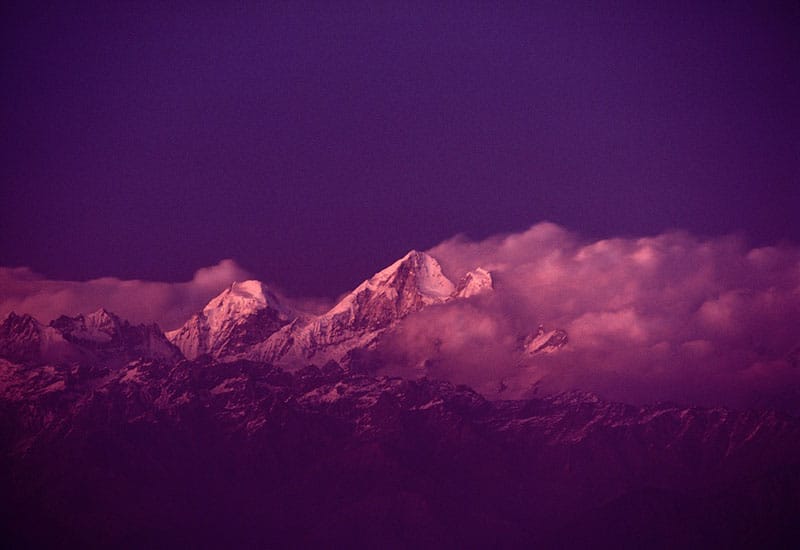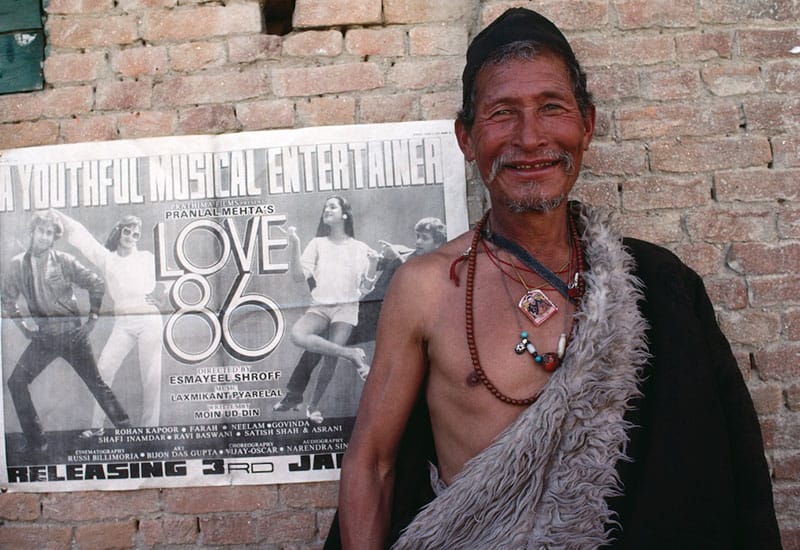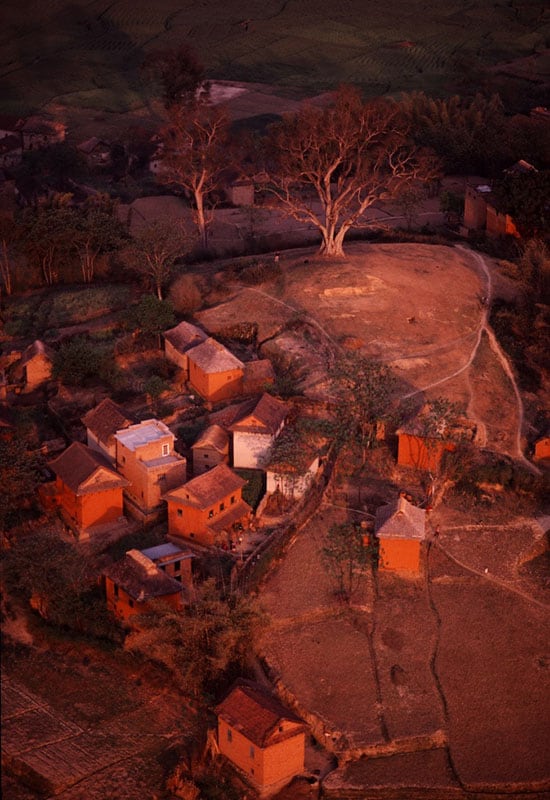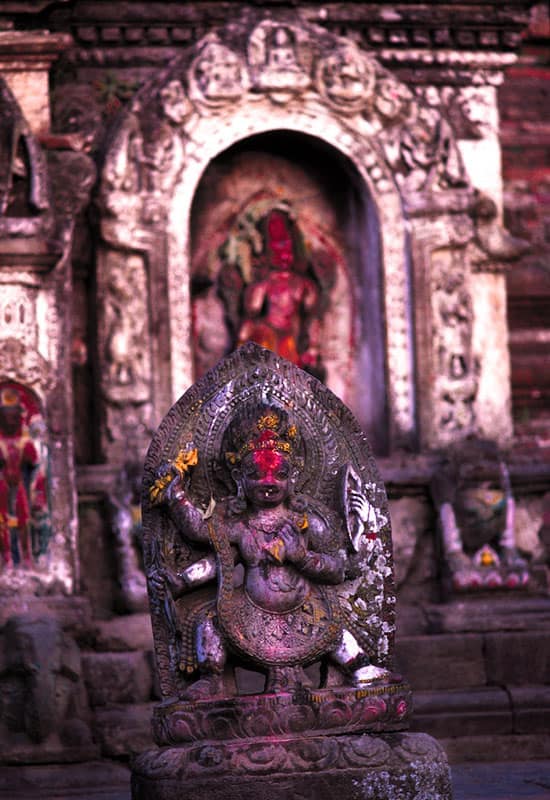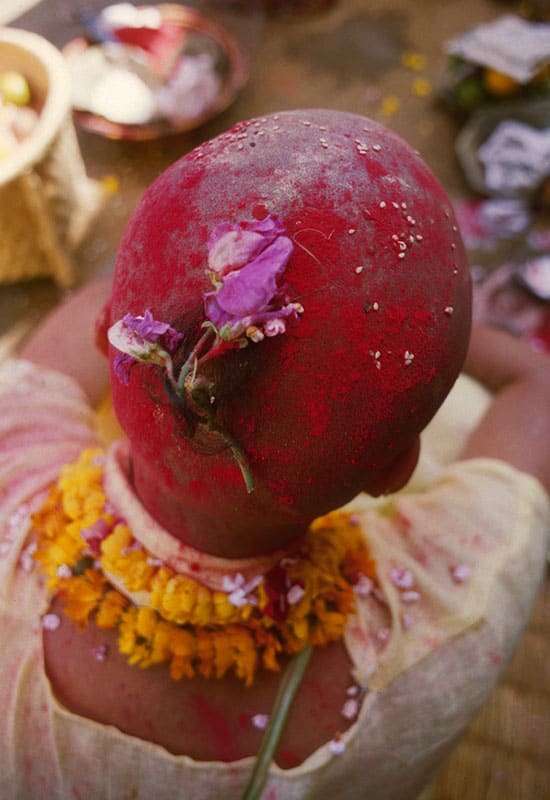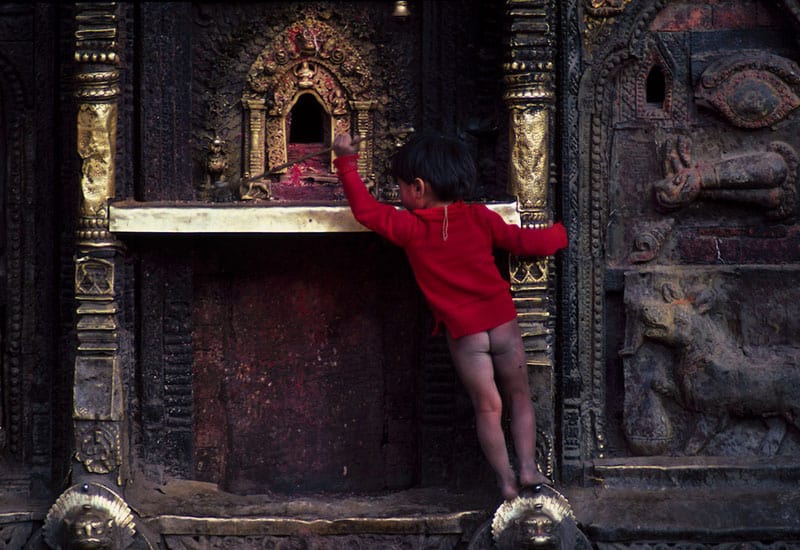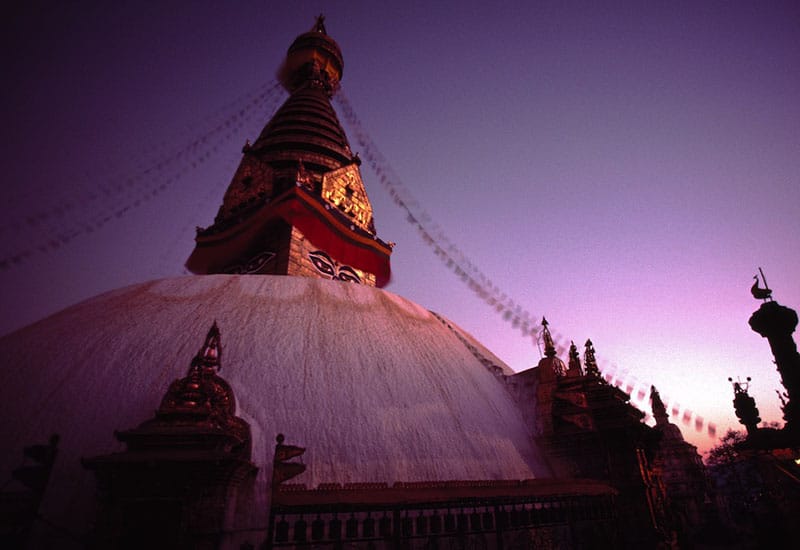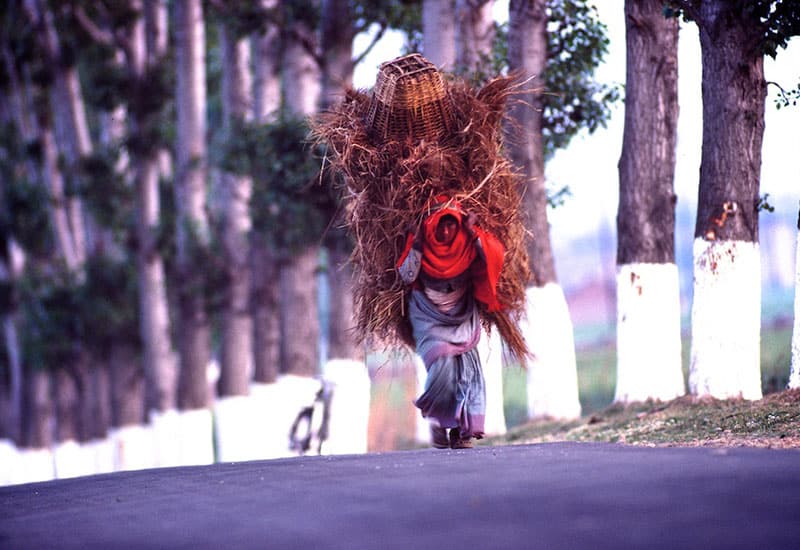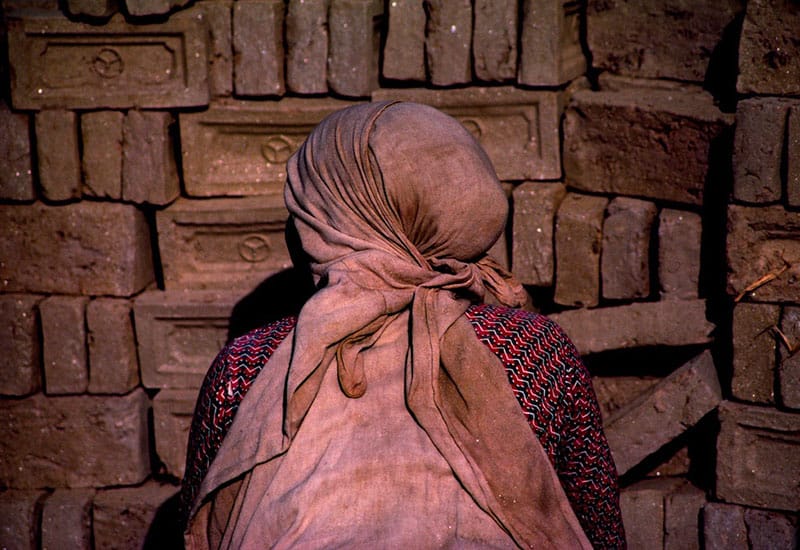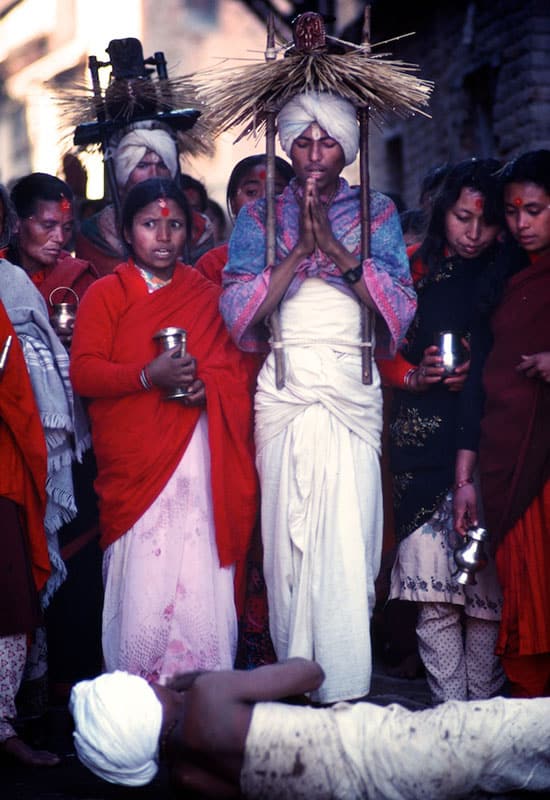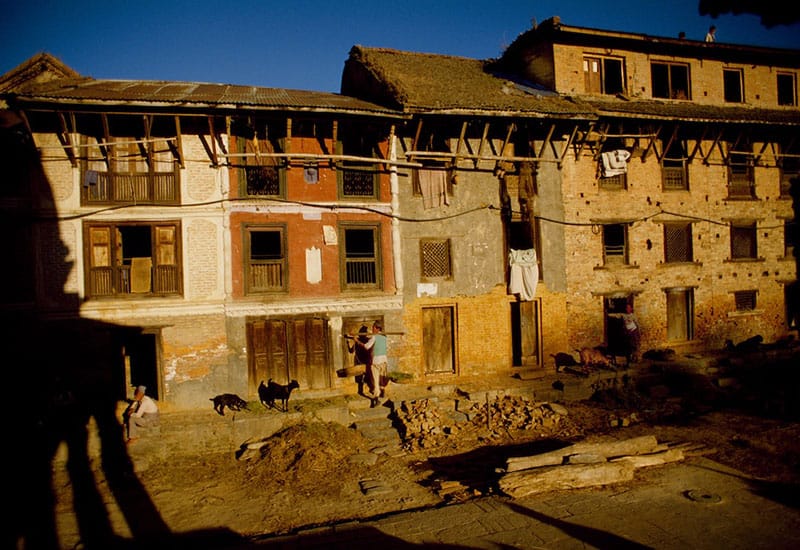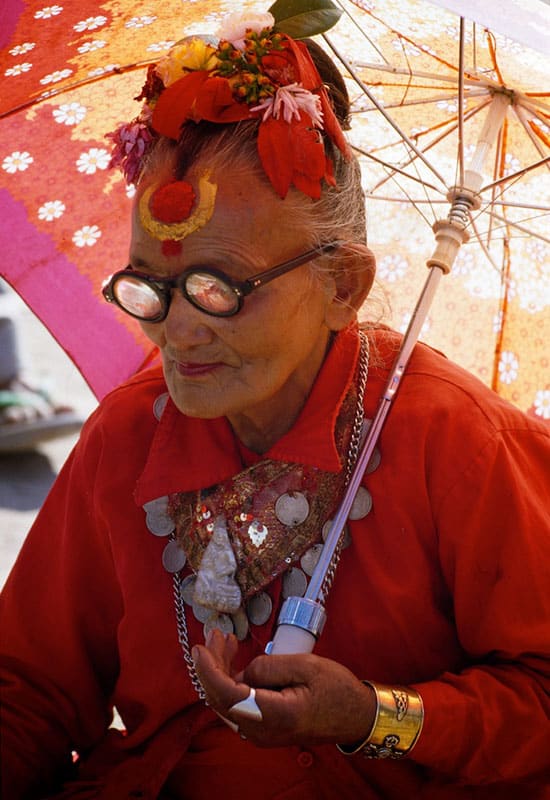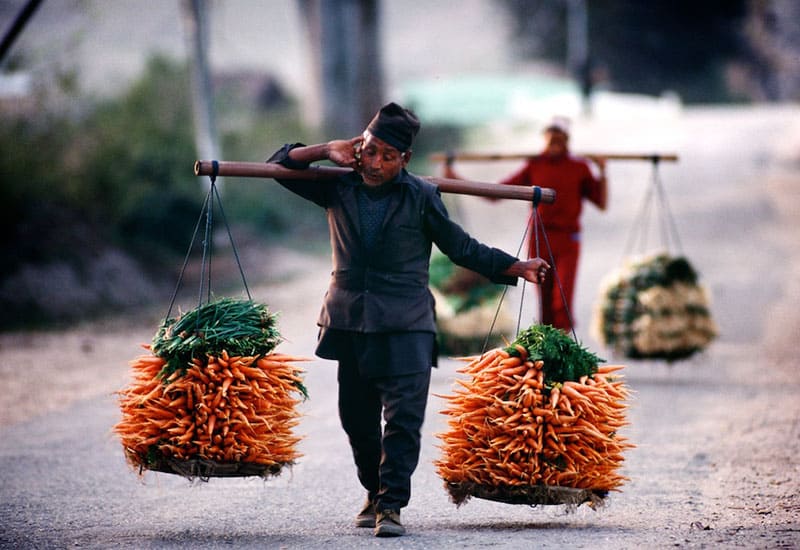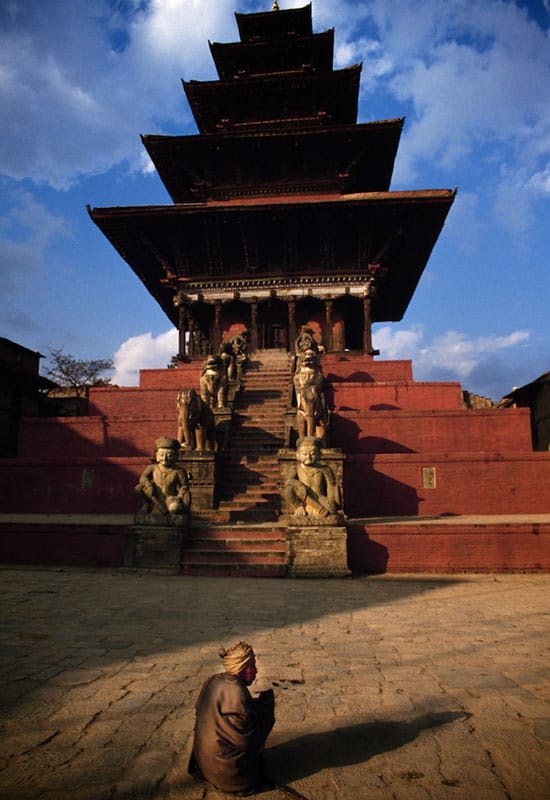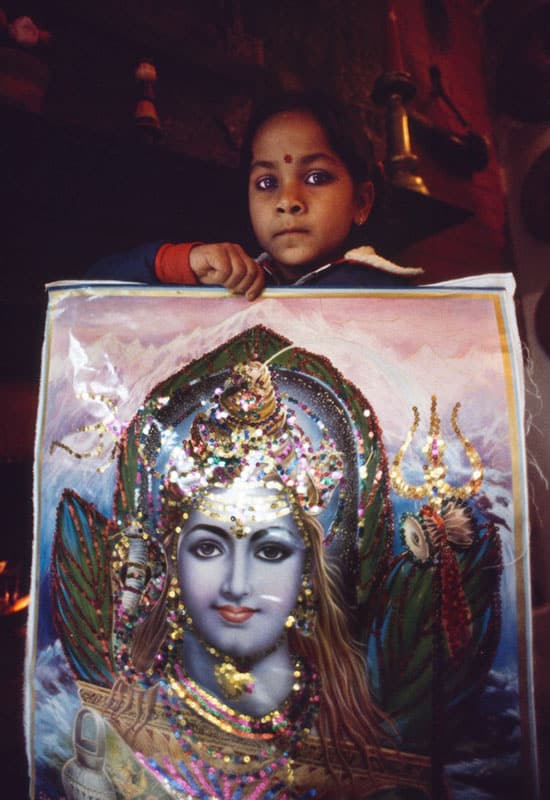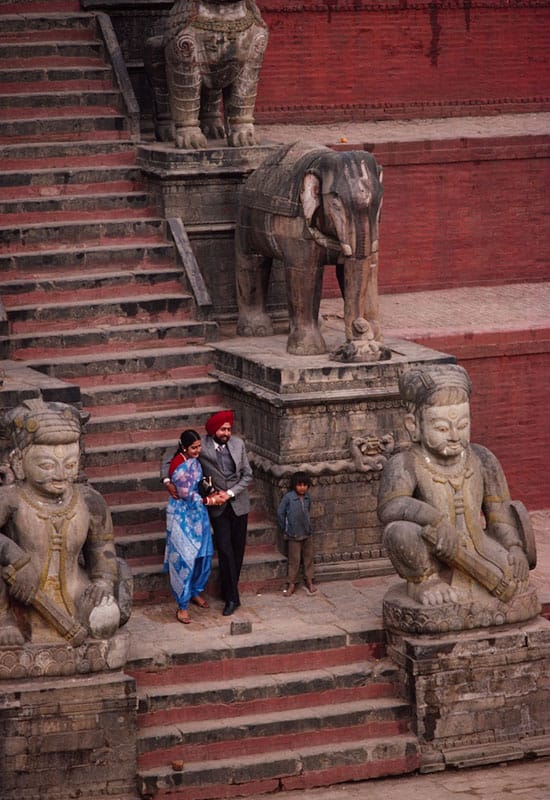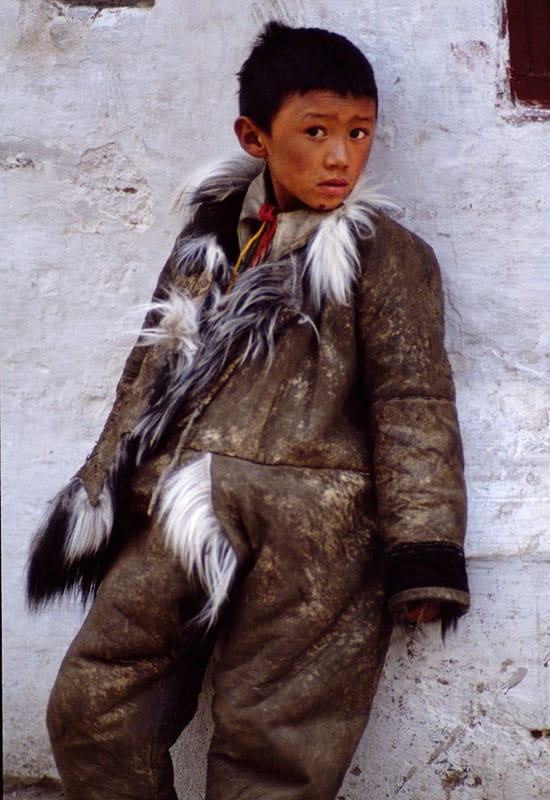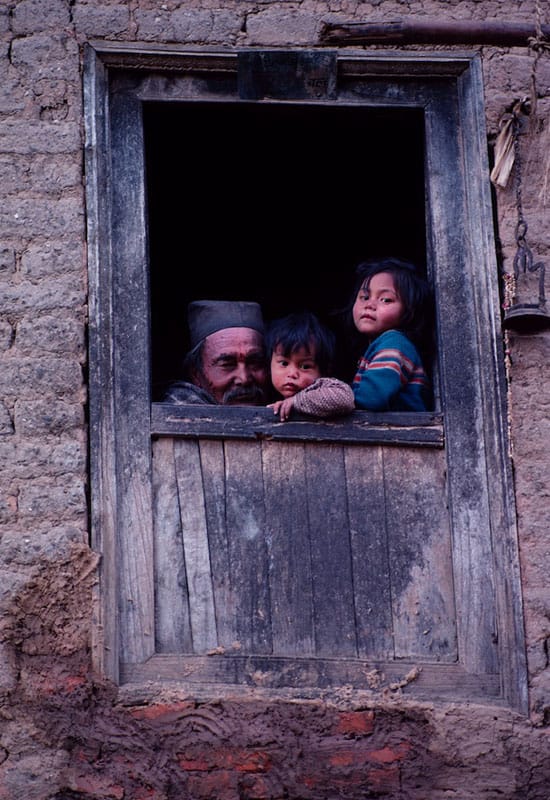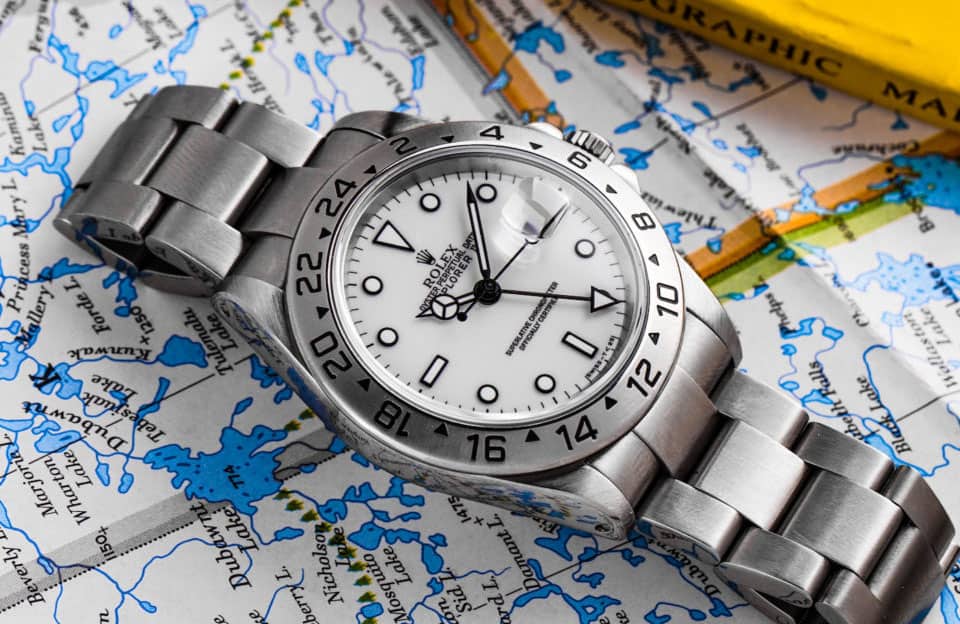Main Menu
Through The Lens of William Thompson
National Geographic Photojournalist & Loving Father
Photojournalist William Thompson had long wanted a Rolex, as his father had worn one all the time. In fact, he was in line to have it become his, but the watch somehow disappeared at the time of his dad’s passing. So imagine his elation when presented with a Rolex Explorer as part of a joint promotion in the mid-1980s between Thompson’s employer at the time, National Geographic, and the Swiss watch company.
He opened the box, immediately put it on, and they started a journey together that would last 36 years. That beautiful instrument commemorating an incredible time in Thompson’s life, never left his wrist, other than for an occasional cleaning – that is, until March 2021.
“I did not want to pass away and have my loyal Rolex disappear, as did my father’s watch,” says Thompson. “Thus, I had the great honor of giving my inscribed Rolex Explorer to my son, Parker, on the event of his 30th birthday.”
Thompson admits that his wrist now feels light… “But I love the idea that my Rolex has the opportunity for another 36 years of appreciated existence. What a lovely and meaningful gift for a son to receive from his father, wrapped in memories.”
The Rolex watch that William Thompson (at right) received has certainly seen a substantial part of the earth. If it could talk, this is just one of the many tales it would tell.
Mystical and Beautiful Barun
The editor of the National Geographic, Wilber Garrett had a personal interest in an area called the Barun, situated at the western base of Makalu, one of the great Himalayan 8,000-meter peaks. Garrett had traveled there some years earlier and was enchanted by the raw and vast forests of flowering trees and untouched wildness. Many Buddhists believe this Himalayan region is a mystical and spectacularly beautiful landscape where no one gets old. Well, we will never know about that for sure but Bill’s obsessive journalistic mind continued to follow the development of a number of efforts to damn the these wild rivers flowing out of the Barun valleys. He was convinced that dams were the worst thing that could happen to this enormous, basically, untouched area of the Himalaya, and he was right.
Today, the Barun is recognized for its extraordinary diversity of plants, animals, and people, the area contains over 3,000 species of flowering plants, including 25 species of rhododendron, 47 types of orchids, and 56 rare plants, 440 species of birds, 75 species of mammals, including the endangered snow leopard, red panda, musk deer, and wild boar.
“The remarkable biodiversity of the Barun Valley provides a living laboratory for international scientific research.”
Kathmandu Valley is a gold mine for a photographer, with its generous display of colors and textures.
Today, the Barun Valley is presently part of a huge international protected area under an agreement between Nepal and China. It now the Barun Makalu National Park. Thankfully this complex agreement essentially halted any potential dam projects.
I had been working on another project, filming Mt. Everest from the air and was just about finished when Garrett sent me a telex to meet him in two days in Kathmandu. At the time I was preparing for to fly to Bhutan for another assignment. Instead, I cancelled the tickets and met with Garrett. He directed me to immediately trek to the Barun region and film it for the 100 year anniversary of the NGS, prep for Bhutan could wait.
It would have taken 12 days to get ready and trek to the valley so instead we enlisted the King’s helicopter to take us to 18,000 feet, essential the basecamp altitude of Makalu. At the time this as high as a helicopter could fly, at least the King’s helicopter, in any case. Also the distances were such that we had to carry 20 five gallon kegs of fuel, which when we got to the actual spot to begin the ferry to altitude, we removed from the helicopter to make it as light as absolutely possible. The drums of jet fuel would be used on the return to insure that there was sufficient fuel to make the long flight back to Kathmandu. We were on our own resources…and Kathmandu was a LONG way from this location. The spot where we dropped the fuel was a remote village field. The locals had never seen a helicopter and instantly everyone who was able to come and watch did so.
The aircraft, cleaned of every bit of expendable weight, took off. Myself, a biologist, and two porters and our gear onboard. The chopper struggled as it gained altitude – we were all nervous as the machine shuddered as it attempted to gain altitude. We could see our pilots were no less worried that we were. Finally a flat valley, actually an old lakebed, partially frozen, came into view and this was as high as we were going to get. The pilots screamed over the sounds of the struggling helicopter to throw our gear out as they couldn’t risk landing… the chopper might get stuck in the muck. Out we jumped, punching through the icy meadow up to our hips in freezing goo. The adventure had already begun.
The party had not planned for so many days of being immobilized by snow, but we were sustained by eating “tsampa,” a mixture of ground barley and Tibetan salt tea.
Slash and Burn
At that point in the history of the Barun there were, as we were to discover and report upon, vast environmental issues. There were groups of Napali’s that had discovered the Barun. And, according to their agricultural traditions were taking over the land… using the worst techniques possible – slash and burn. That is to say, on the incredibly, almost unbelievably, steep mountainsides they would simply set the age-old forests on fire, then plant crops on these dazzlingly steep hillsides.
The fires created nutrients and the plantings fared well for the first year or two. However, these burned hillsides were so steep that it was dangerous to take images… the women working these 1,000 foot or more hillsides would tie themselves onto stakes to protect from long falls to the river below as they planted. The simple problem with this form of farming is that it is only good for a season or two because the top soil, the nutrient soil, was only a few inches deep. After one season or two the torrential rains of the region washed away the majority of the soil. This farming technique and deforestation left no plants to retain the larger scale of soil and the result of this denudation of the mountainside was enormous landslides in some cases scraping away entire villages.
The other major issue we observed was that the forest being cut for wood – heating and cooking or to make charcoal to sell. In any event, entire hillsides of Rhododendron forests were being destroyed. Every piece of burnable wood had been removed… an out of control ecological tragedy in the making. This is what the editor, Garrett, wanted to know.
He is gone now and this is now a protected National Park. There are controls and limits to the cutting of wood, and slash and burn agriculture has been basically eradicated.
As the first person on earth to film Mount Everest from the air, it did not disappoint.
This I must say was a beautiful personal adventure…The people of the region were kind and fascinating…
Battling Fearsome Leeches
We moved our camp a few thousand feet above our drop off, it was rocky but thankfully not a immense mud hole. It began to snow relentlessly and did so for a number of days. We could catch occasional glimpses of Makalu, but we were, as they say, snowed in. I was nervous about getting back as the snow was a couple of feet thick before the sun miraculously saved our butts. We still had many many kilometers to walk through these steep crags with the massive peak Makalu at our backs. The returning trek was a indeed a challenge, breath taking and, with more than one heart stopping river crossings – one slip and they would find our bodies in the Ganges. The “trek” required rock climbs sans ropes, and a constant and substantial battle with fearsome leeches.
The people of the region were kind, and fascinating … and at the end of the day, we found our way to Kathmandu in time to catch up to the next expedition shortly to begin in Bhutan.
These burned hillsides were so steep that it was dangerous to take images…
Back in the Day
The year was 1982 and it should be noted that there were few, if any, villages in the Barun at that point in time. The entire Barun was quiet, super remote, completely out of touch with fast changing Kathmandu and contemporary Nepal. The trails were often hard to find or non-existent – there were no signposts to be sure.
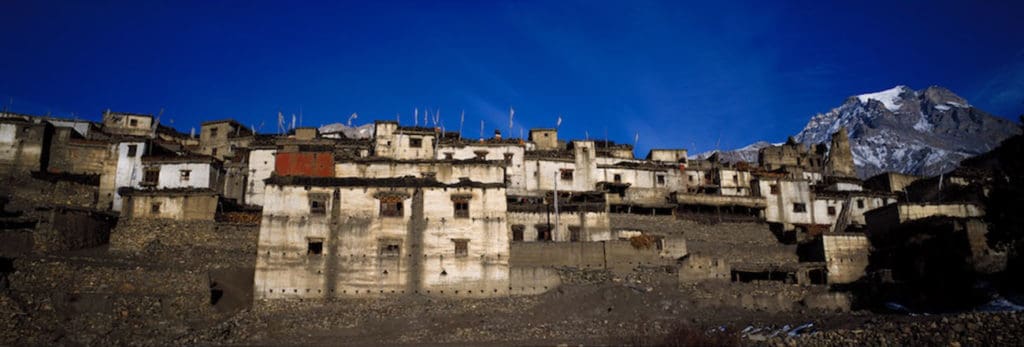
“The year was 1982 and it should be noted that there were few, if any, villages in the Barun at that point in time.”
Circling around the face of Everest offered a rare opportunity to photograph all sides of the mountain.
Suffice to say, it to say it was an enormously different time in 1982. For example, our guides didn’t have shoes, they walked in the snow barefooted, they used tumplines on their foreheads rather than pack and pack straps. And, they survived on tsampa… ground barley with taken with Tibetan salt tea… We had not planed for these many days of being immobilized by snow and we also survived on their tsampa as well. Strangely, I found that I liked it!
This I must say was a beautiful personal adventure. Of course, there had been others before us but the Barun was a far distance from everywhere and while others had left tracks and histories we had the joy of observing and coming to know a place less explored.
If Your Watch Could Talk What Would it Say
Even if you only explore your universe within, life is an incredible adventure. But for those who embody the perpetual quest for doing things only imagined, for those who are simply destined to rise to the top, they prefer a timepiece that will never let them down – while making a statement, too.
If your watch could talk, what would it say? Would it tell tales of great triumphs at the pinnacle of your profession, or talk of the tough lessons that come with living life on your own terms? Would it walk us down the road less traveled, ascend to the world’s highest peak, or share discoveries at the depths of the deepest oceans?
Would it dare to explain the scuff marks, dings, and dents it endured all along the way, offering a tangible tour of your life, like hieroglyphic signs of moments that might otherwise never be remembered?
Perhaps most telling would be the moment you decided to pass on your treasured timepiece to a loved one – just as National Geographic Photojournalist William Thompson did this year. For his son Parker’s 30th birthday, he handed down his Rolex Explorer with the hopes that one day Parker would continue the tradition with his own son.

